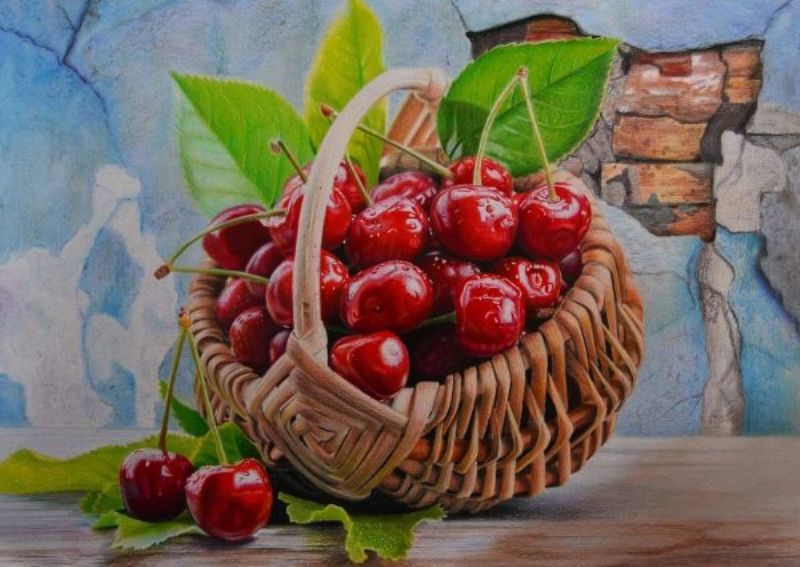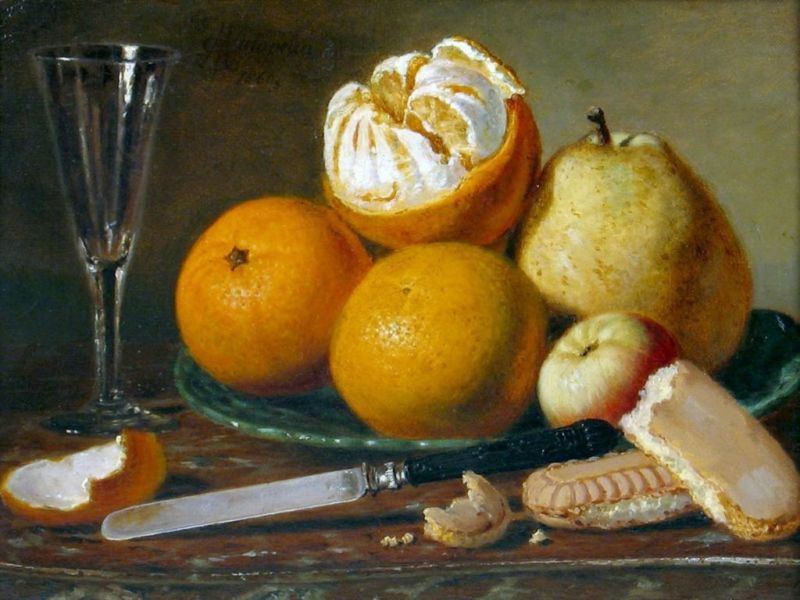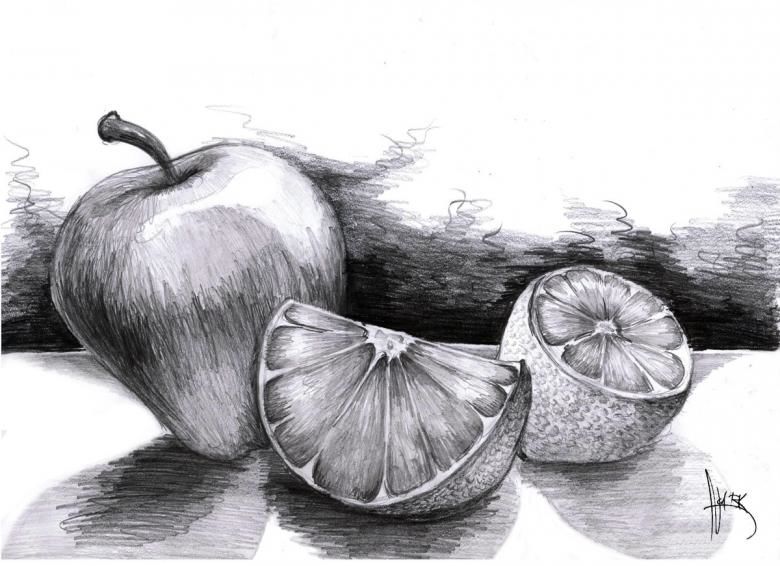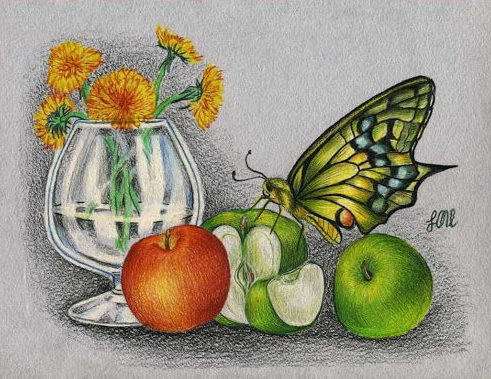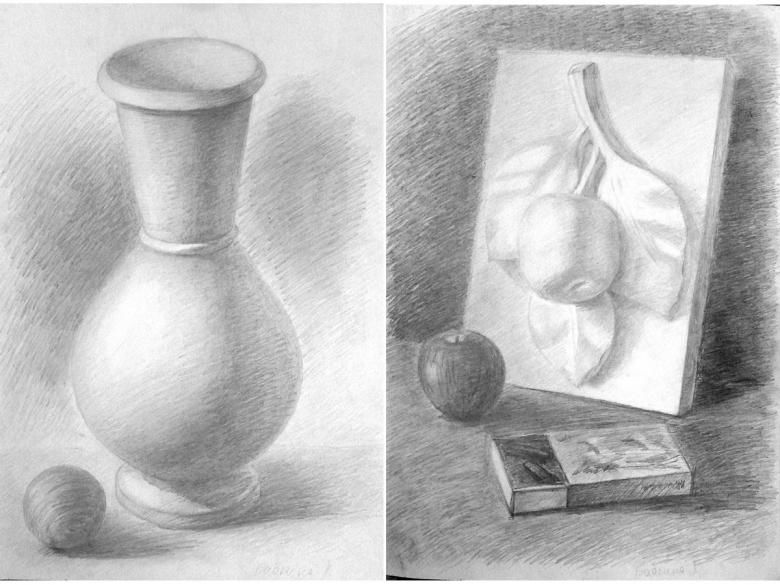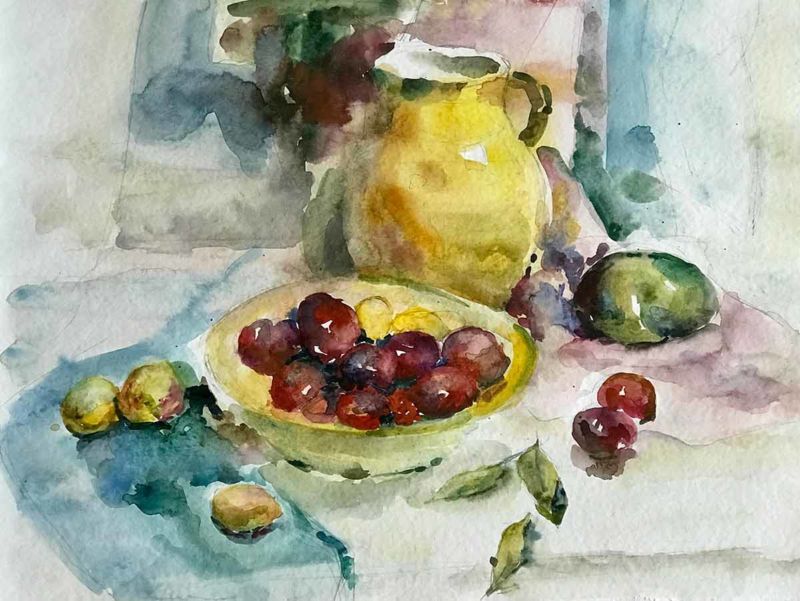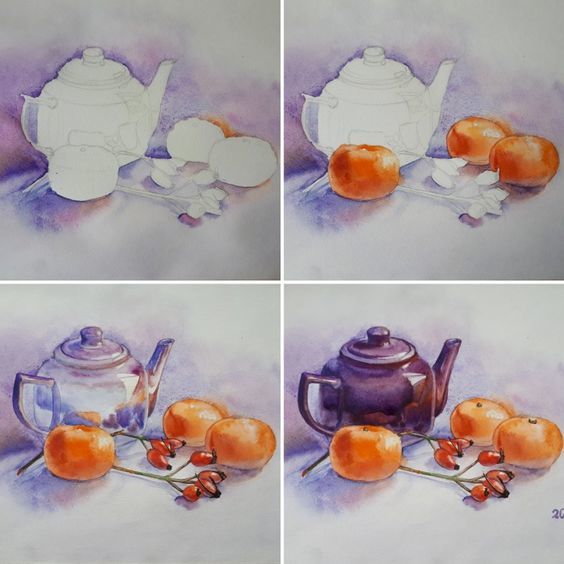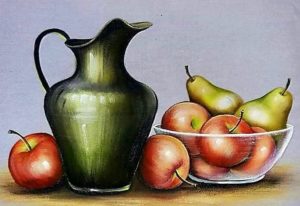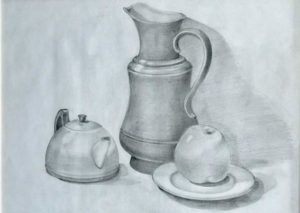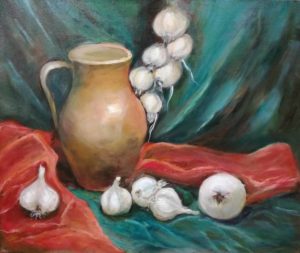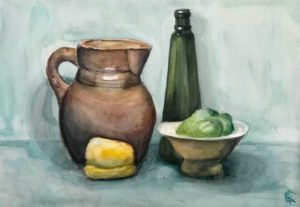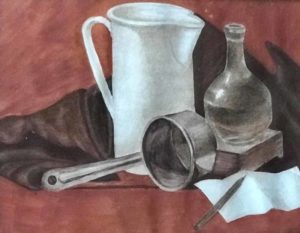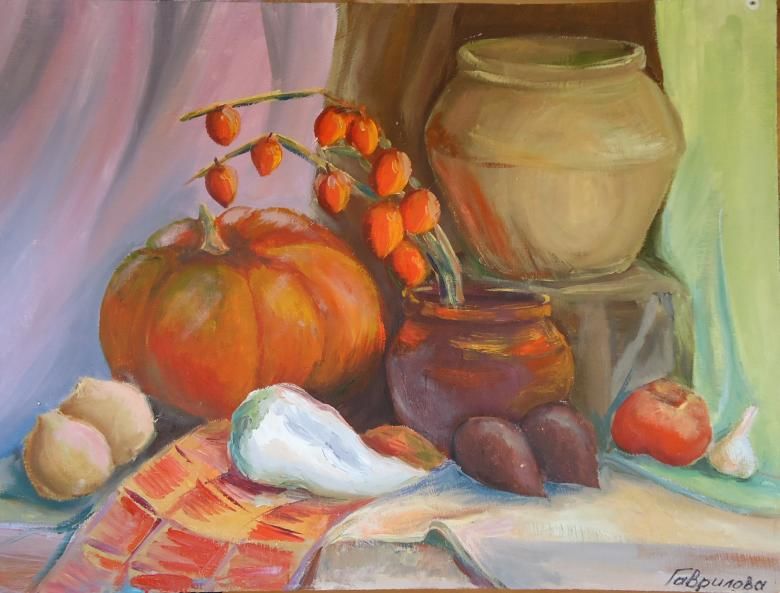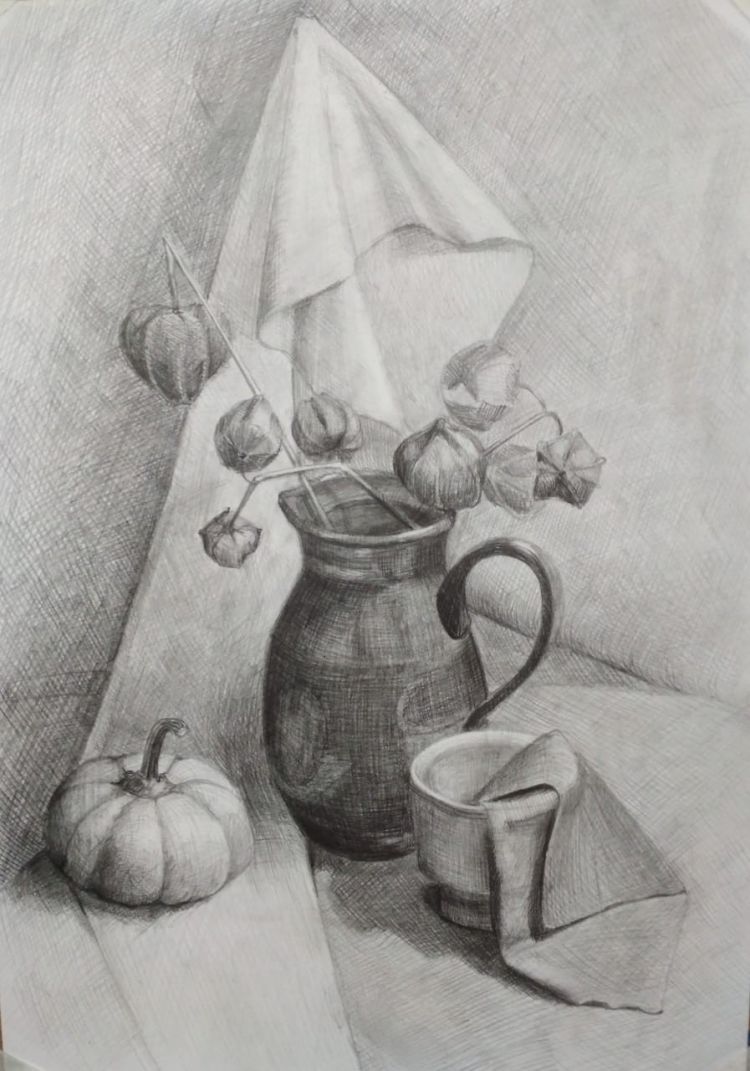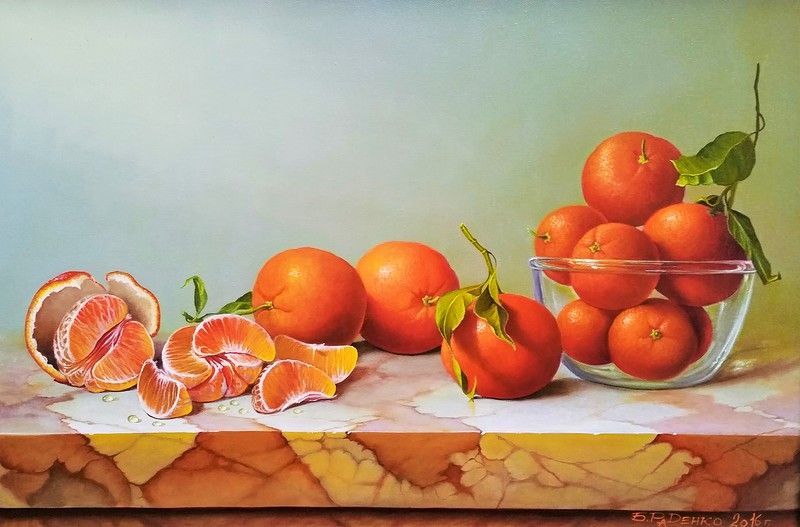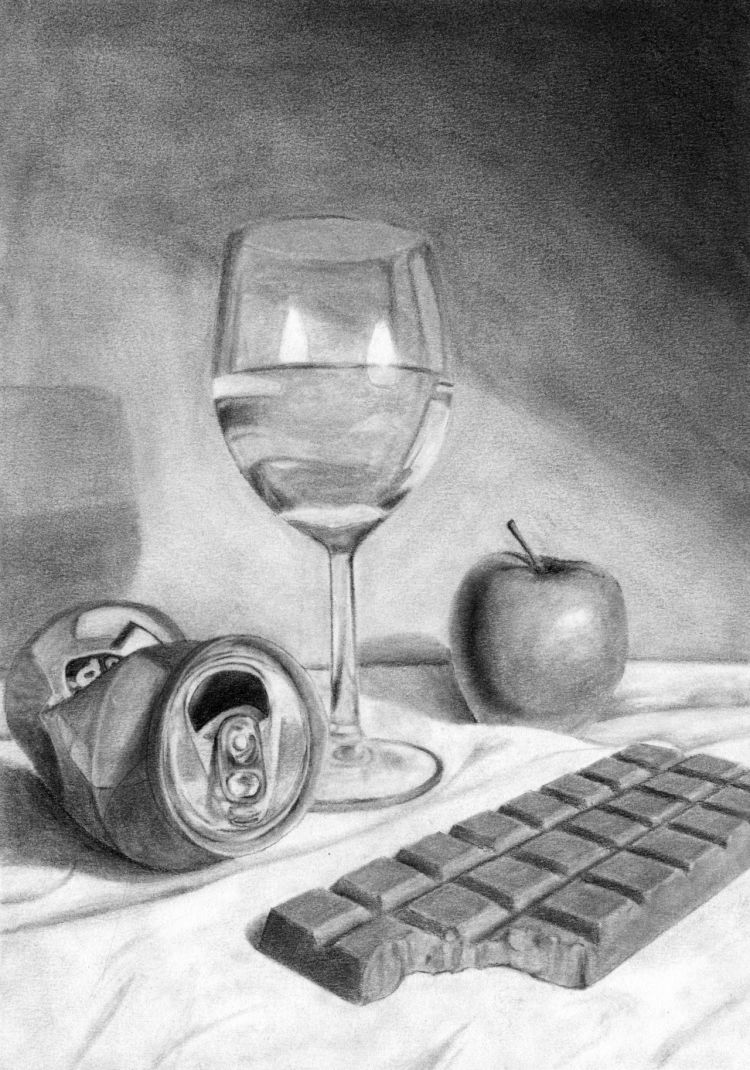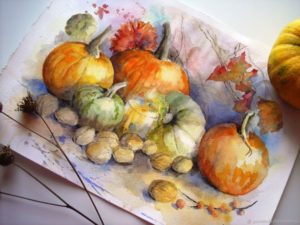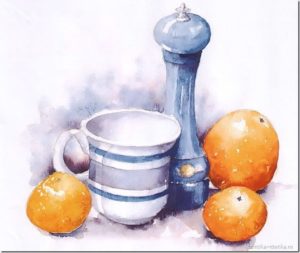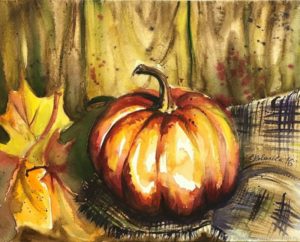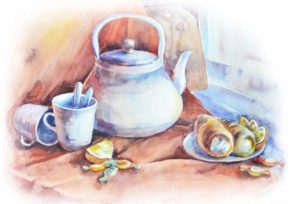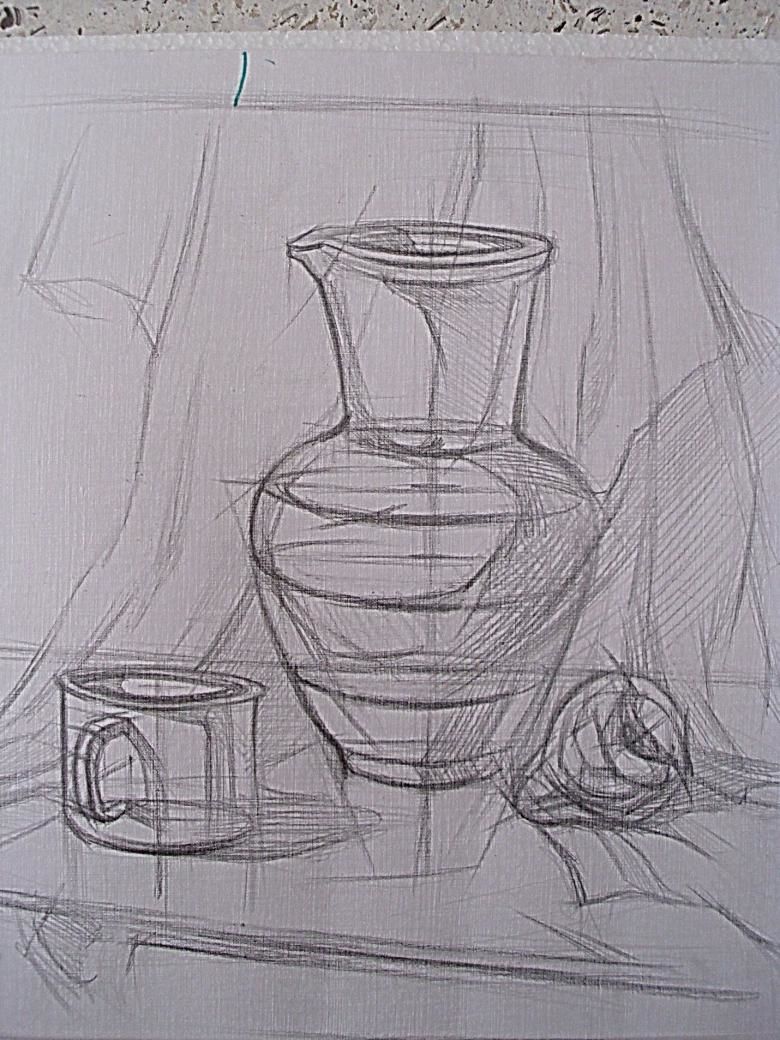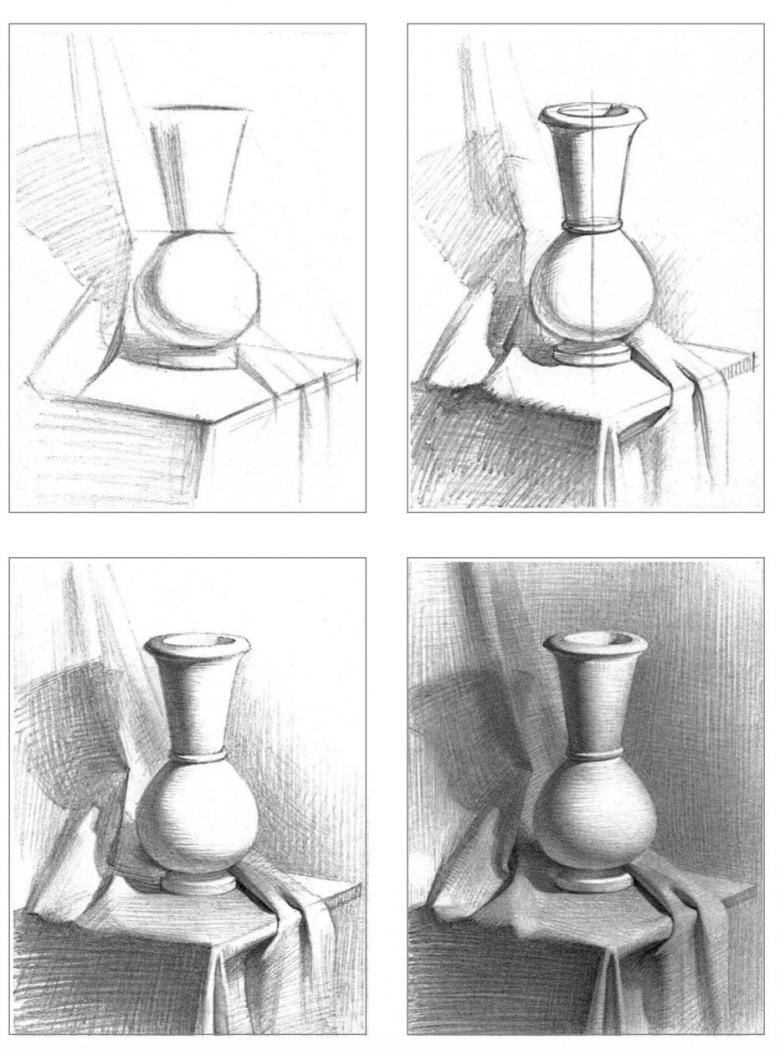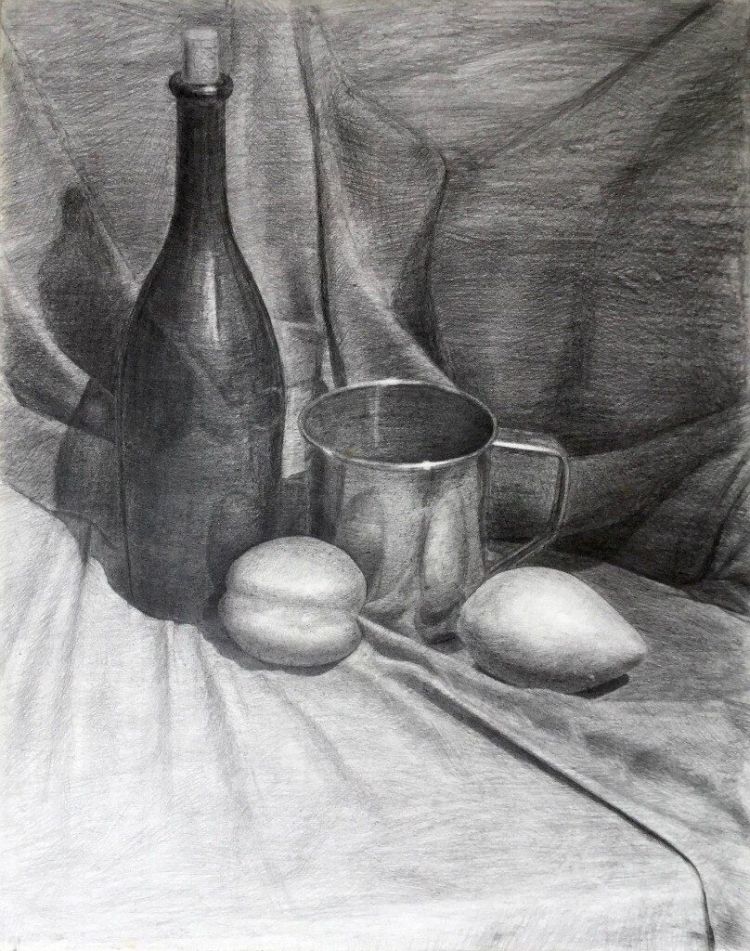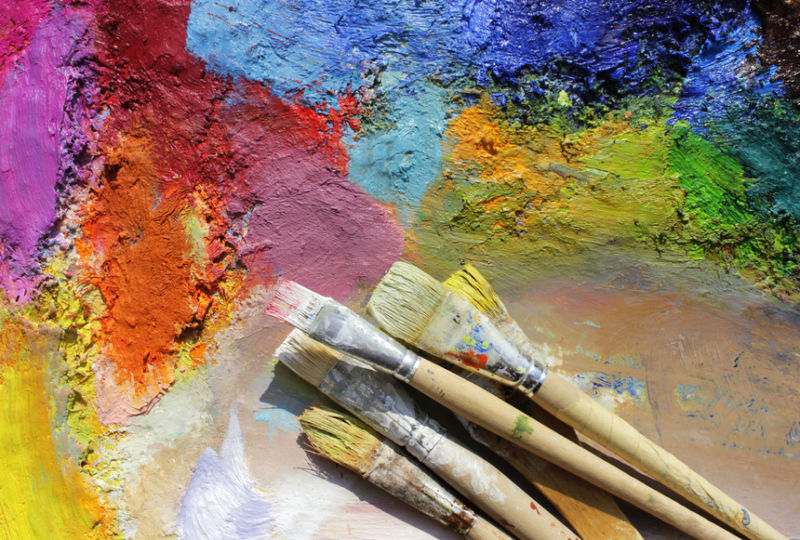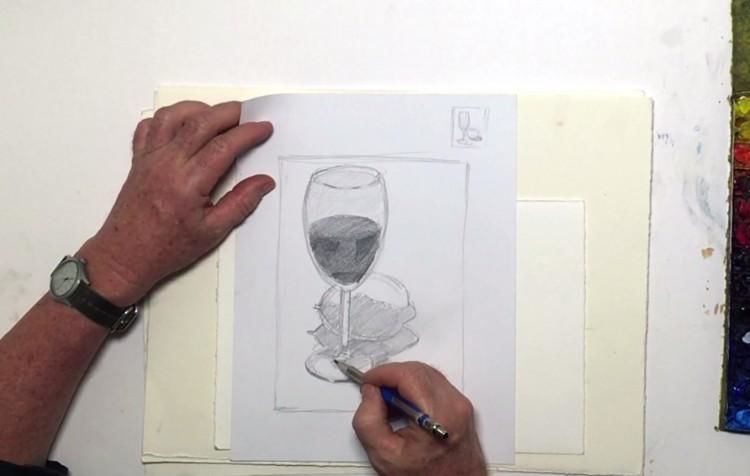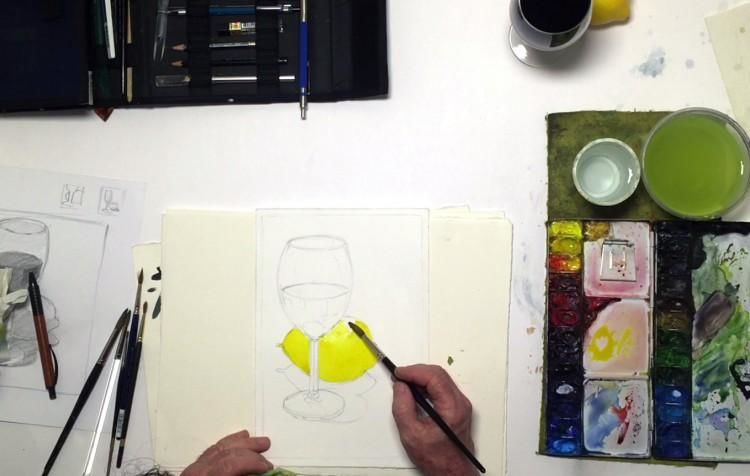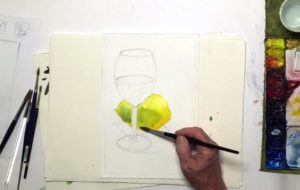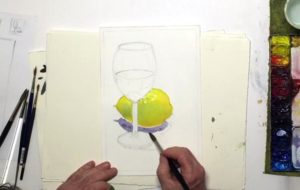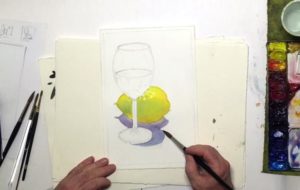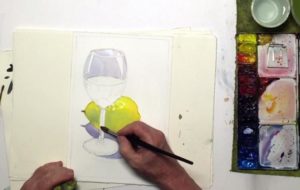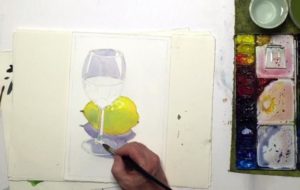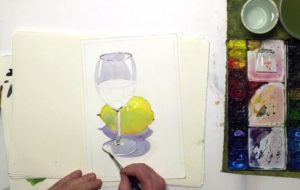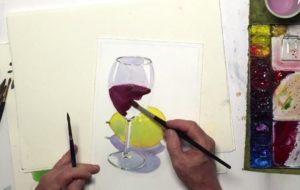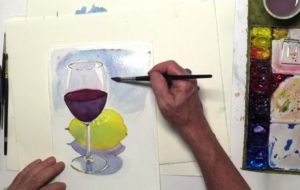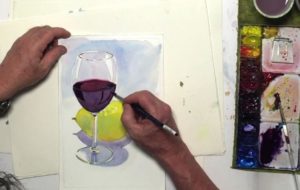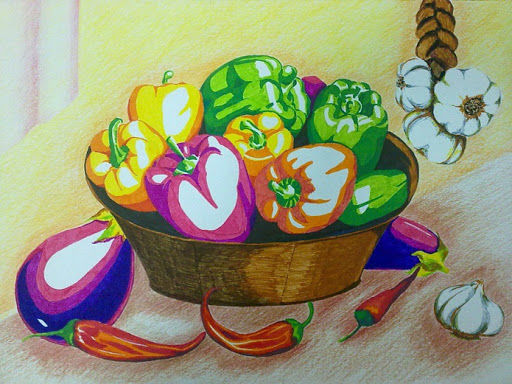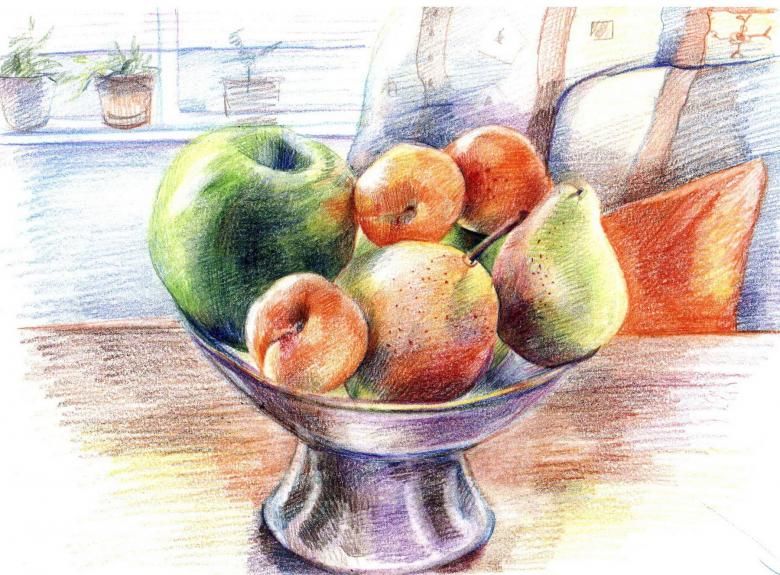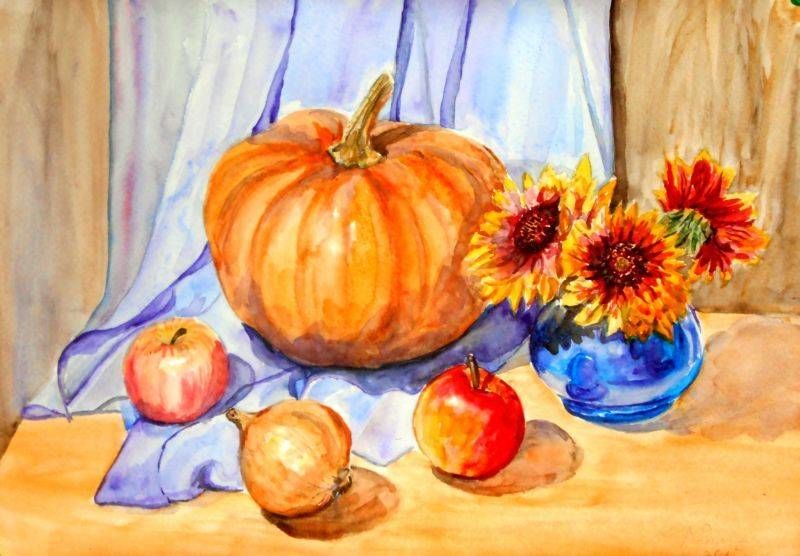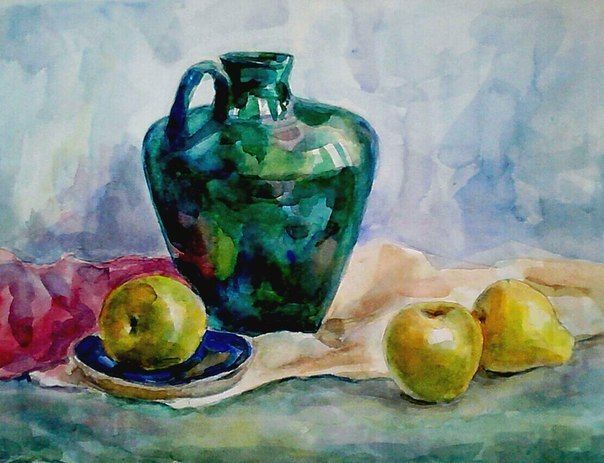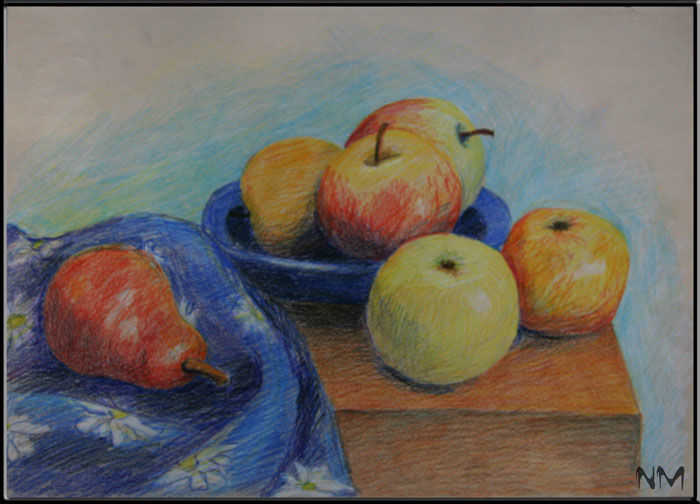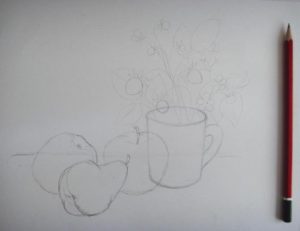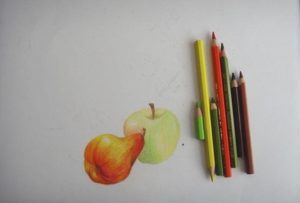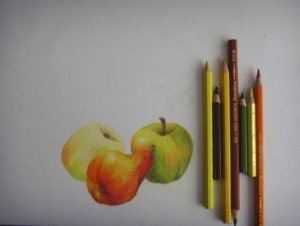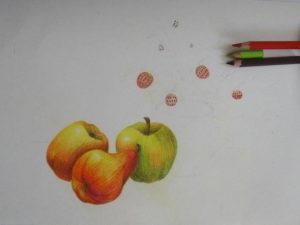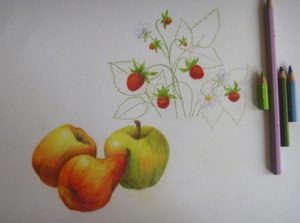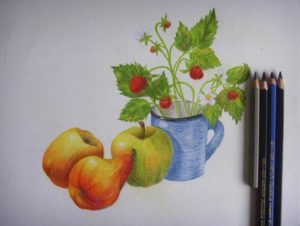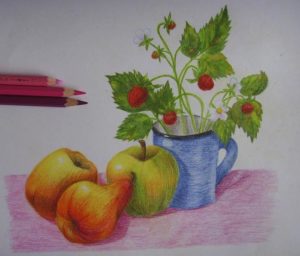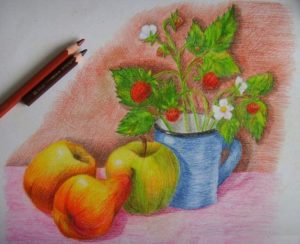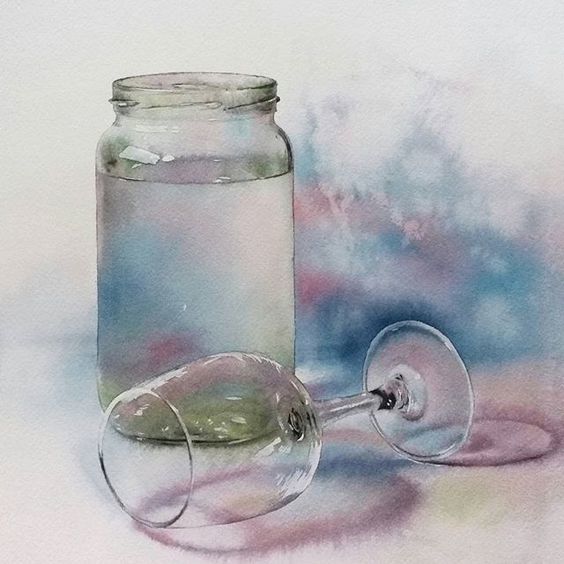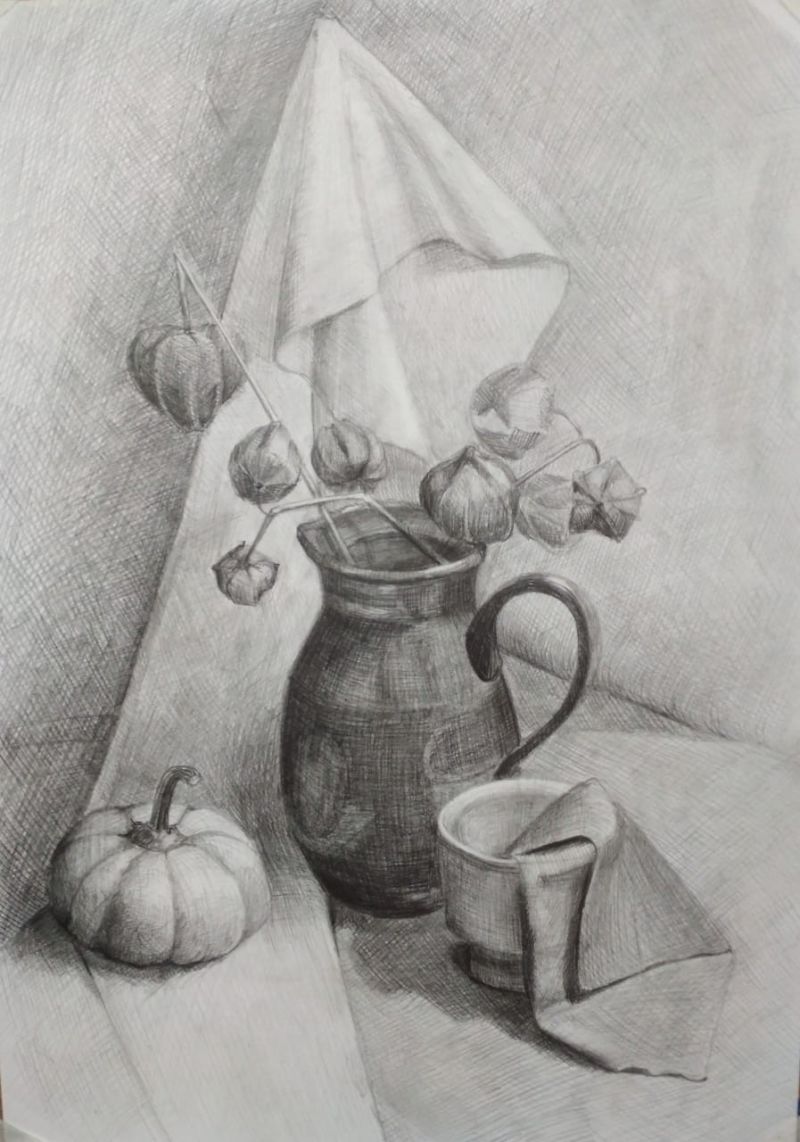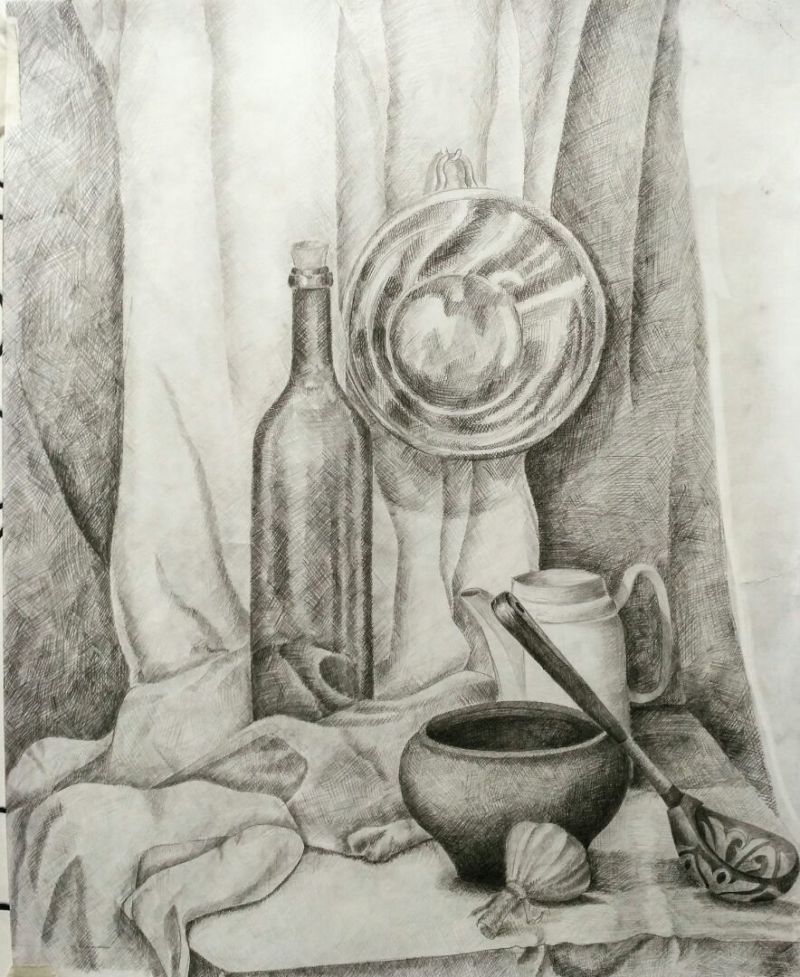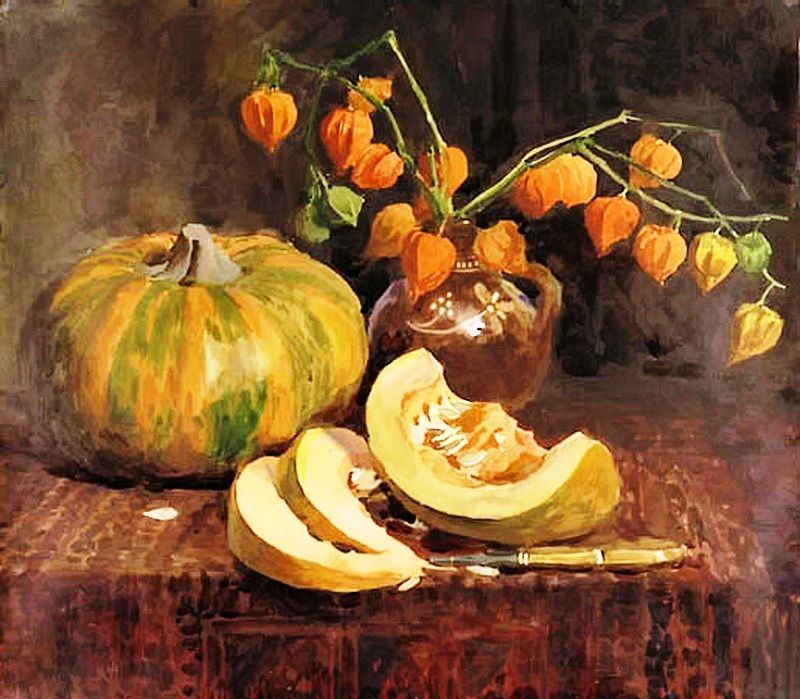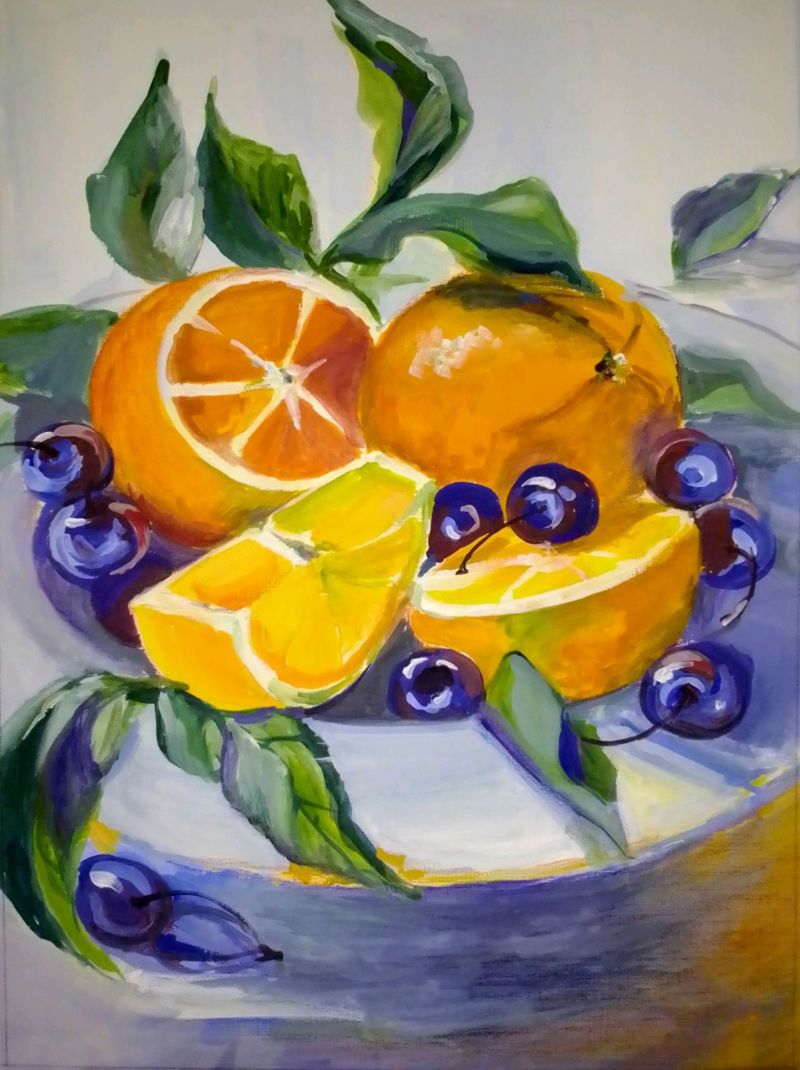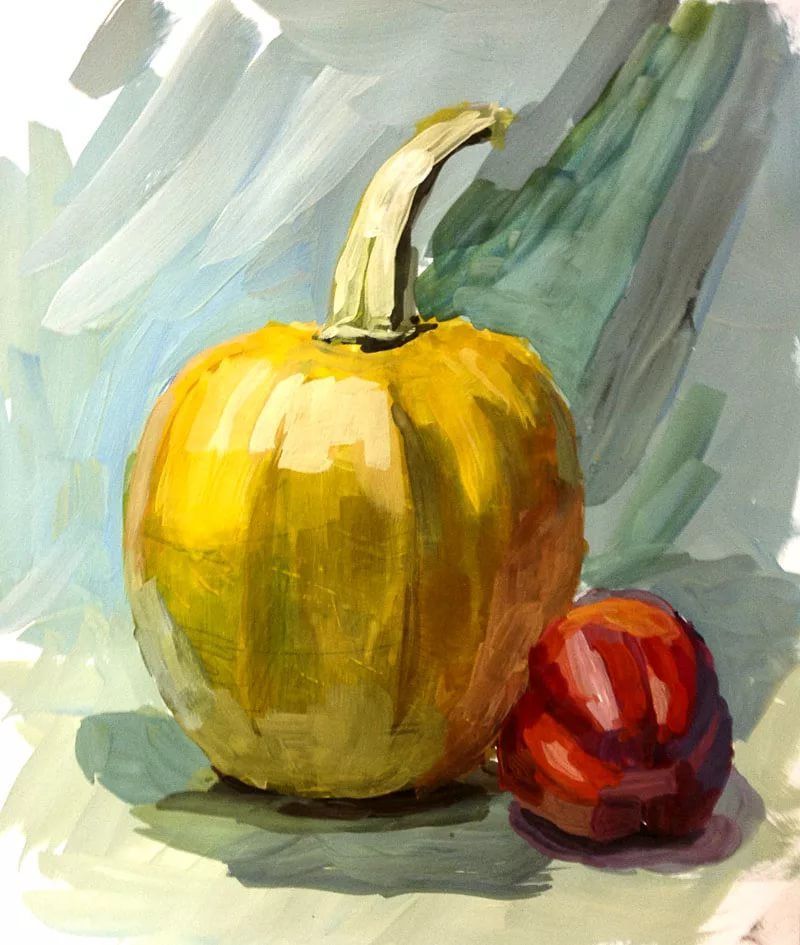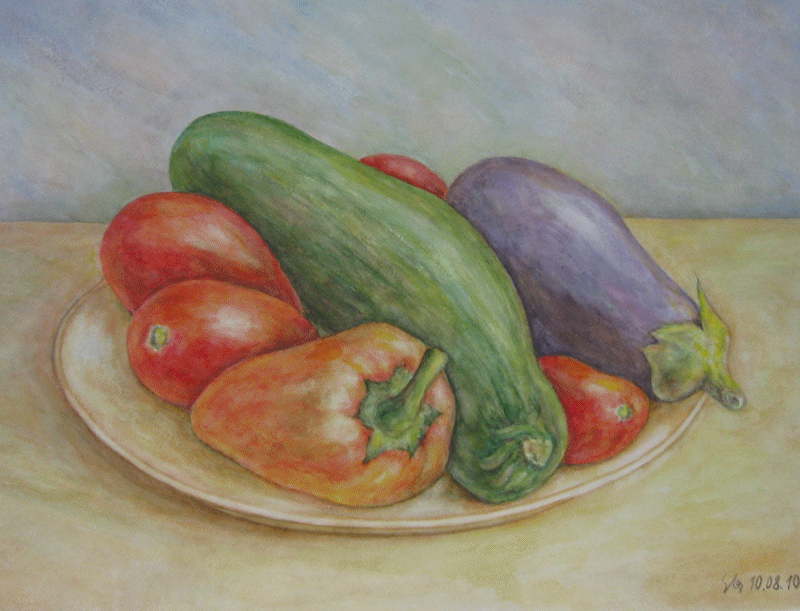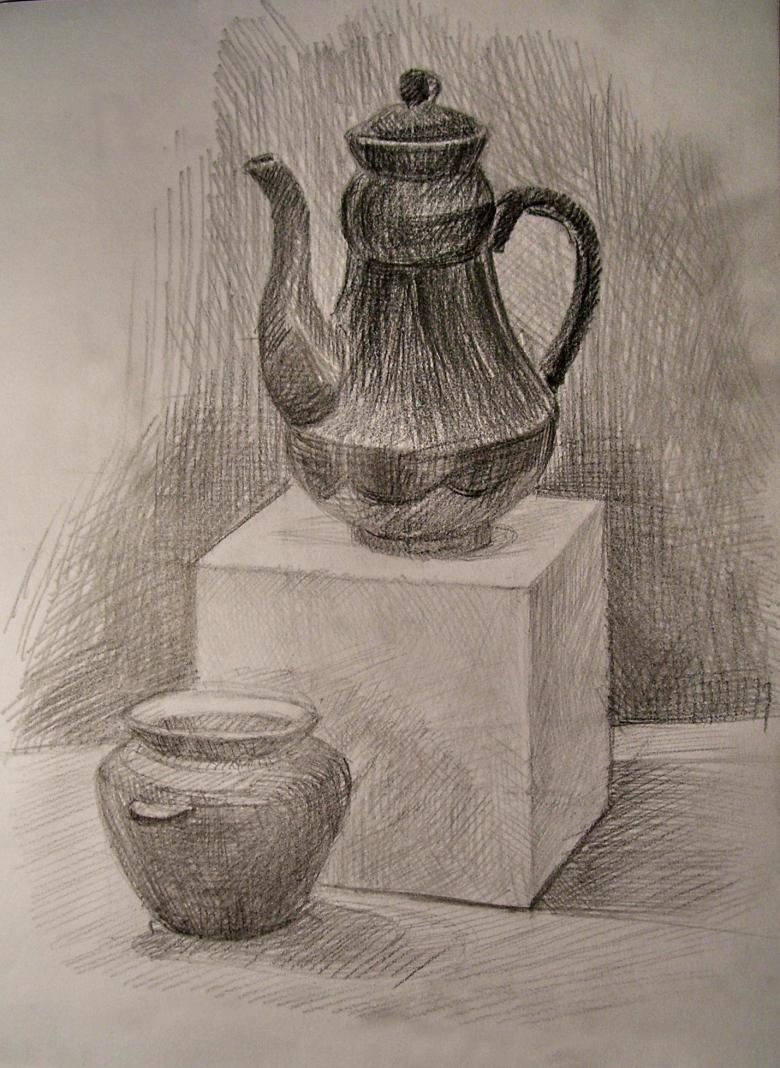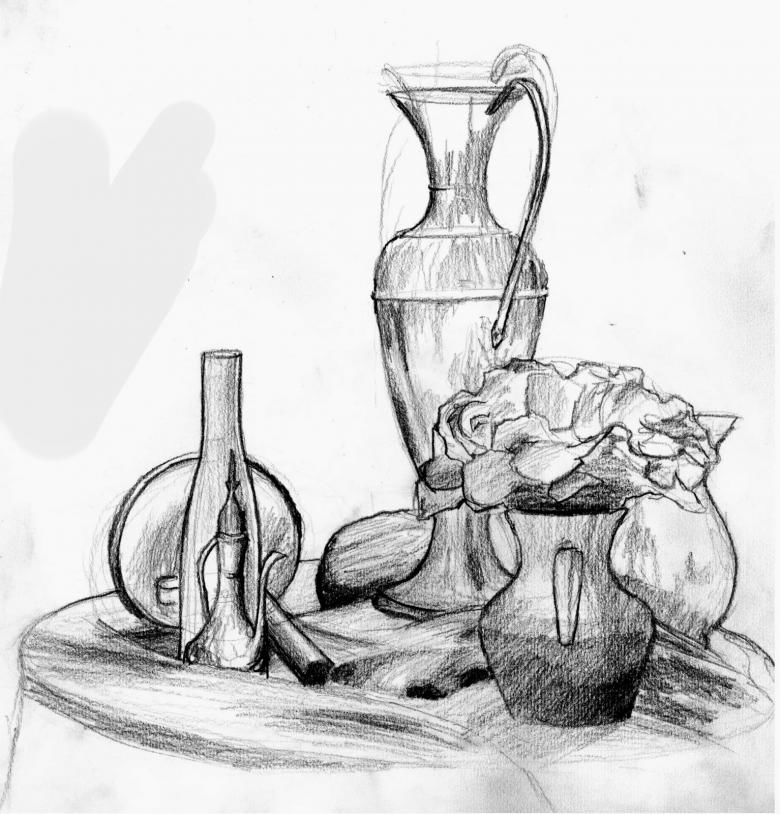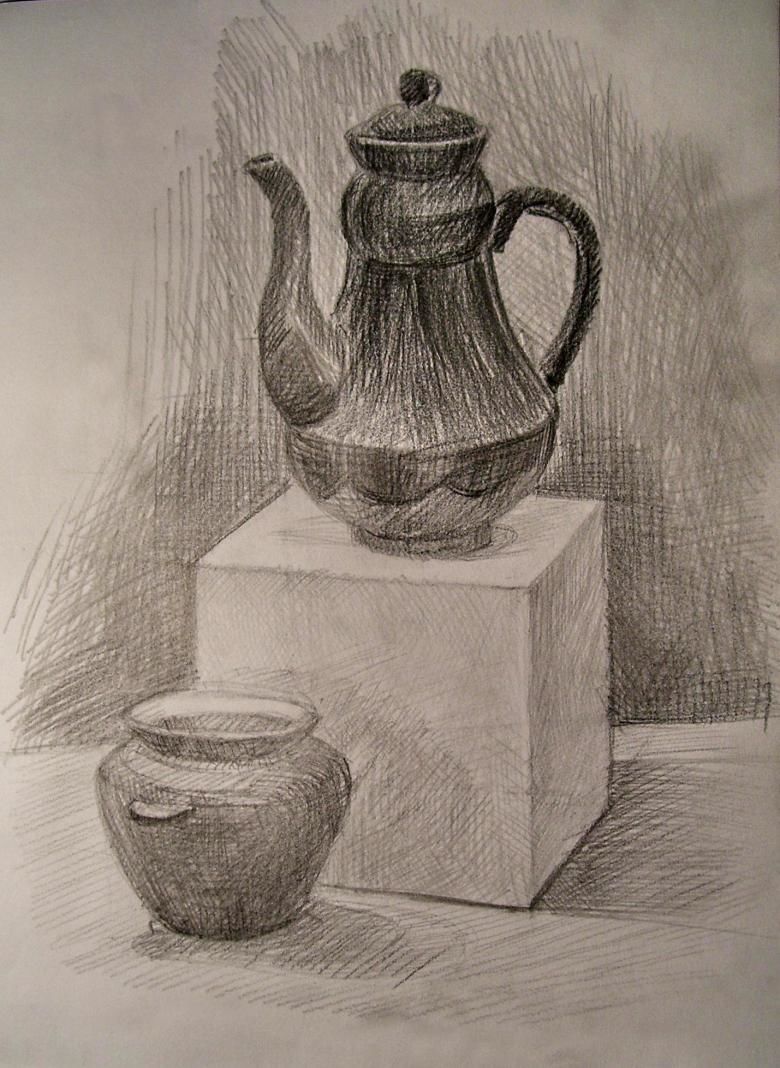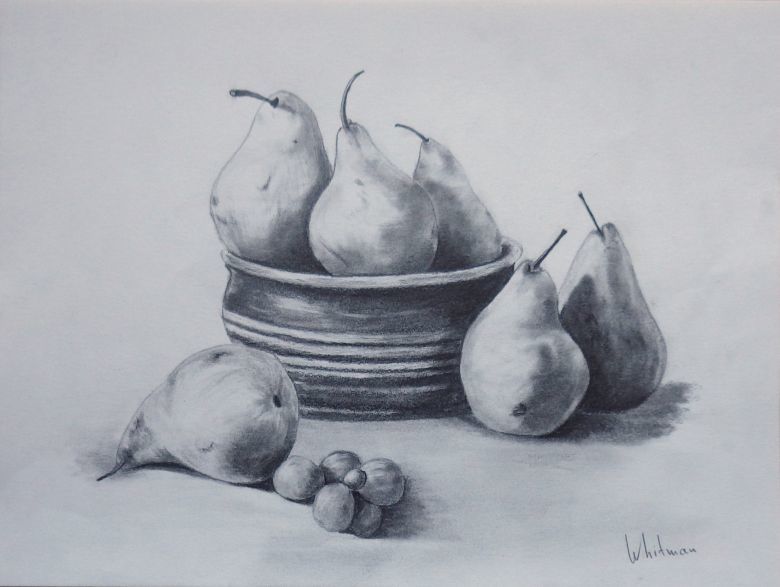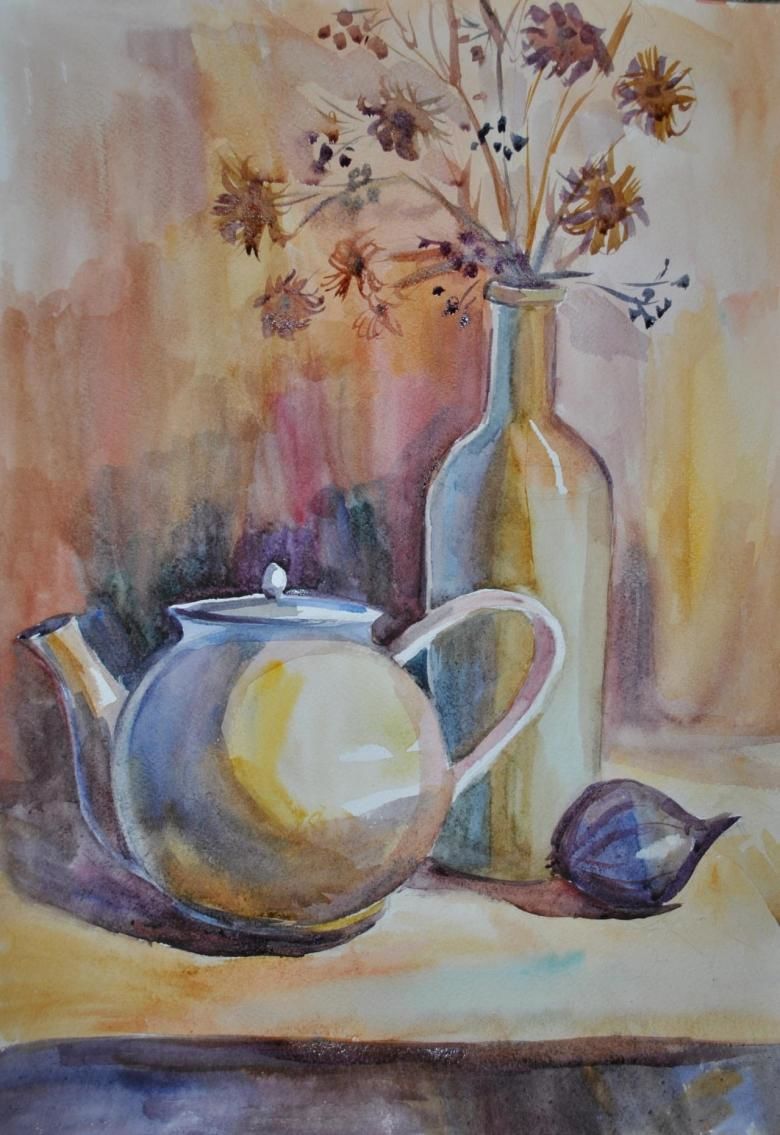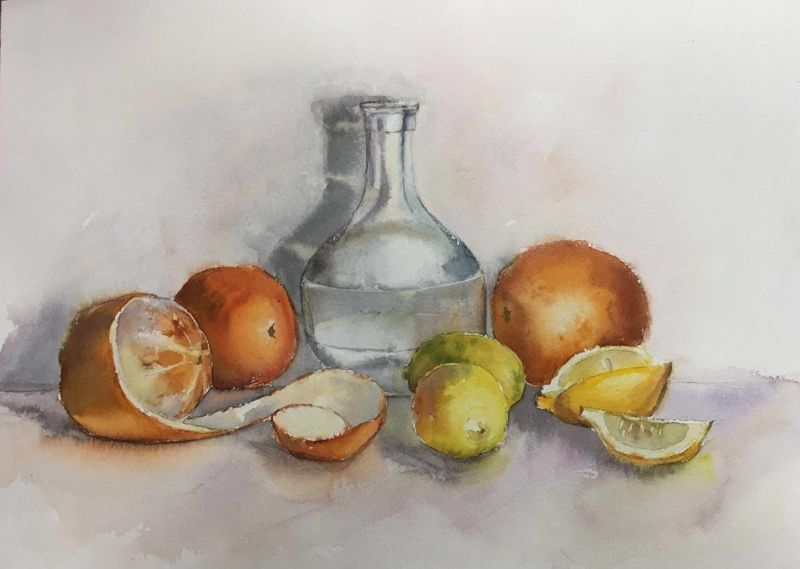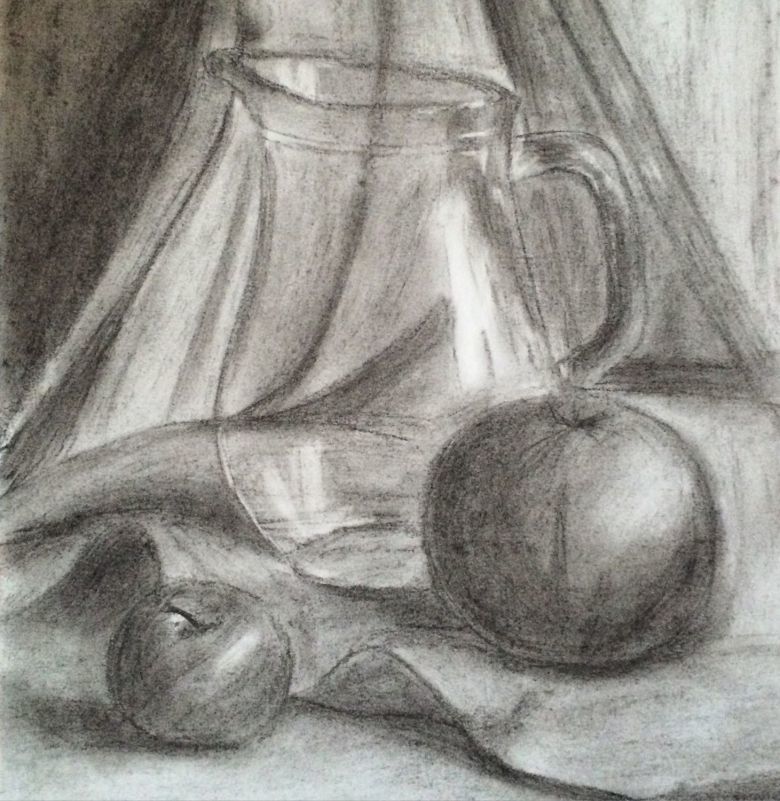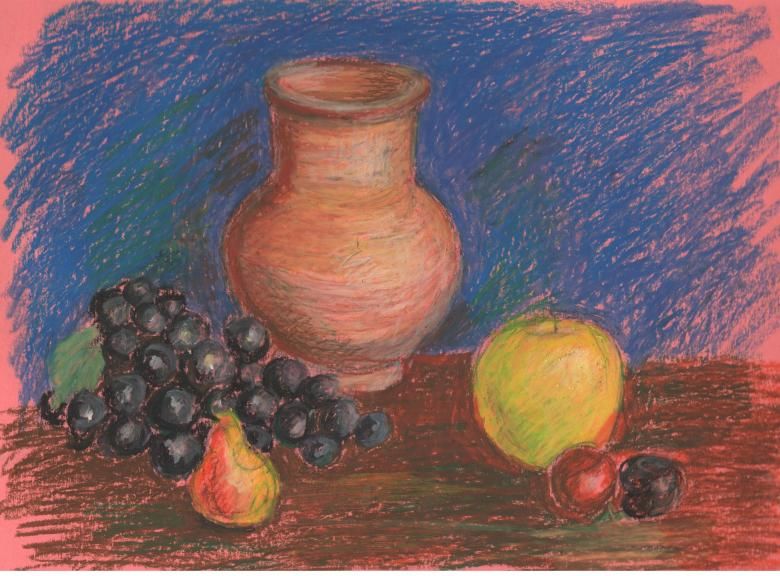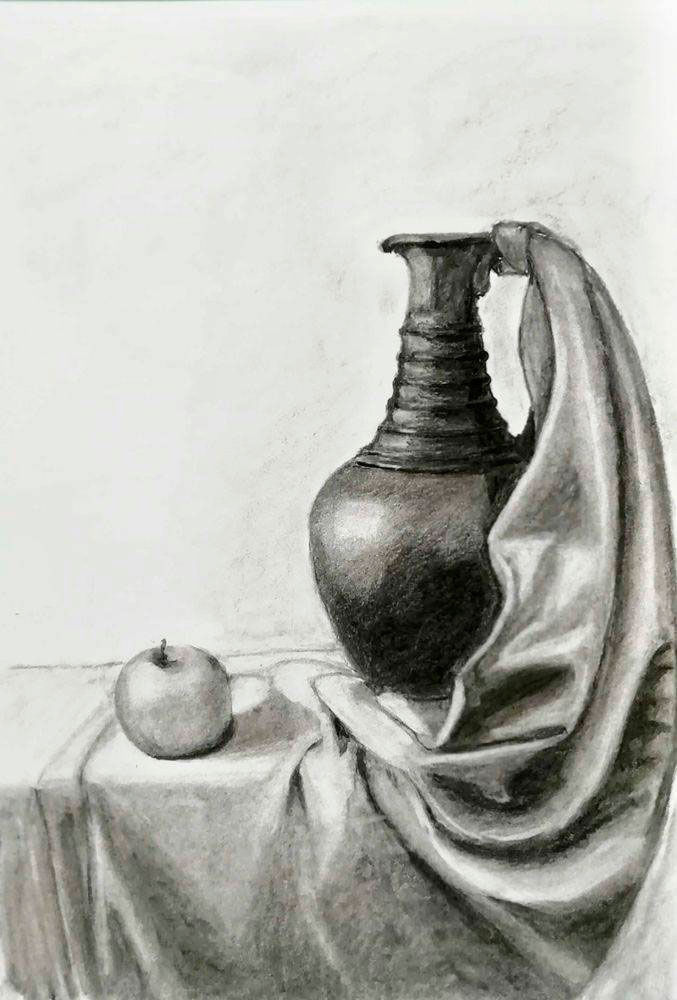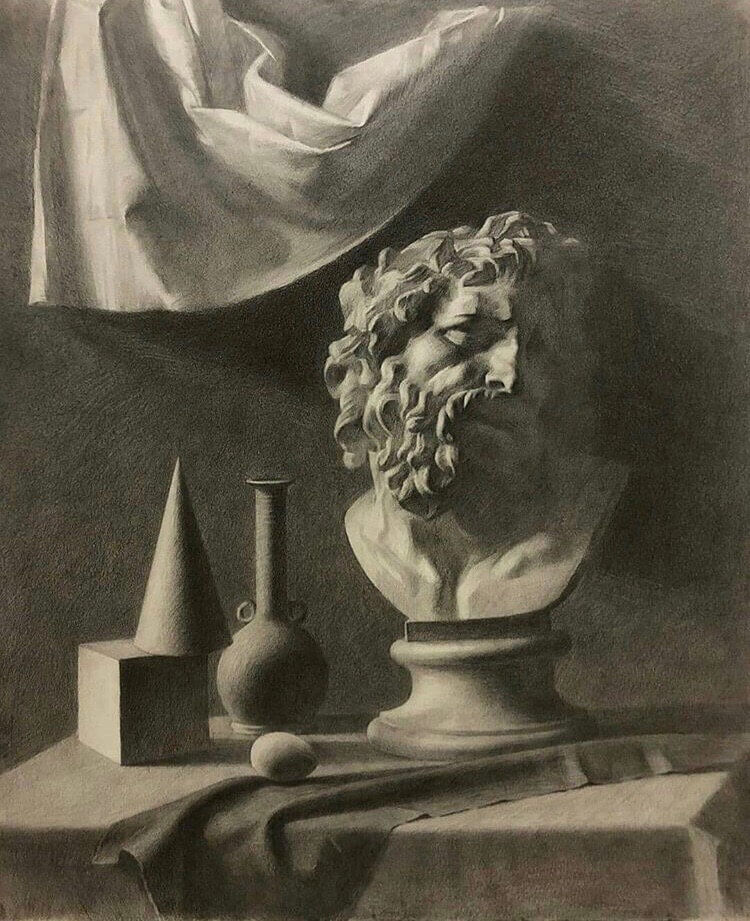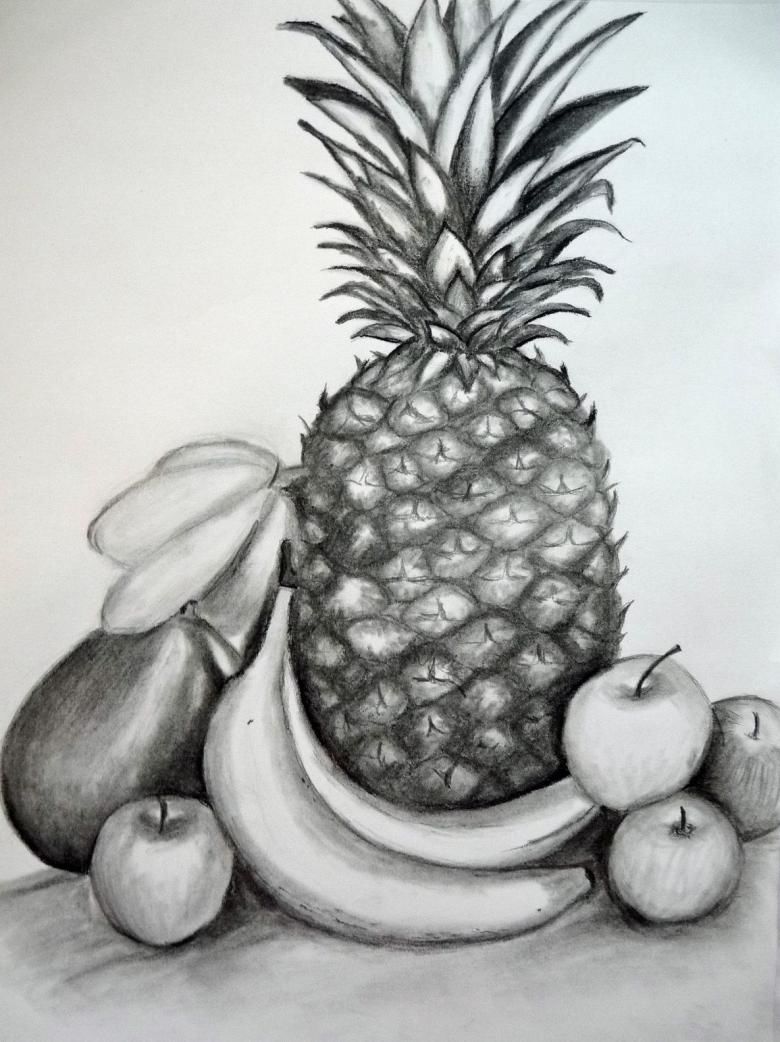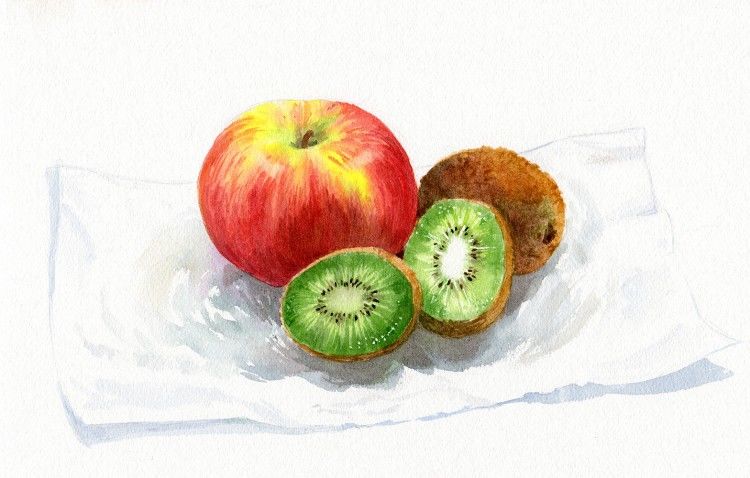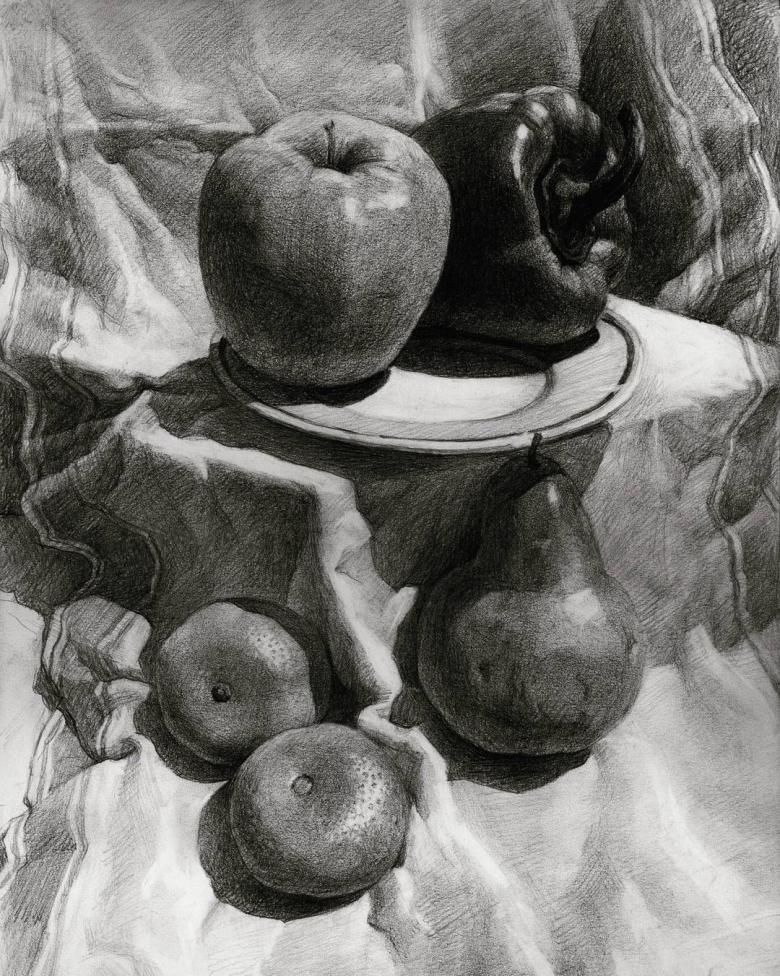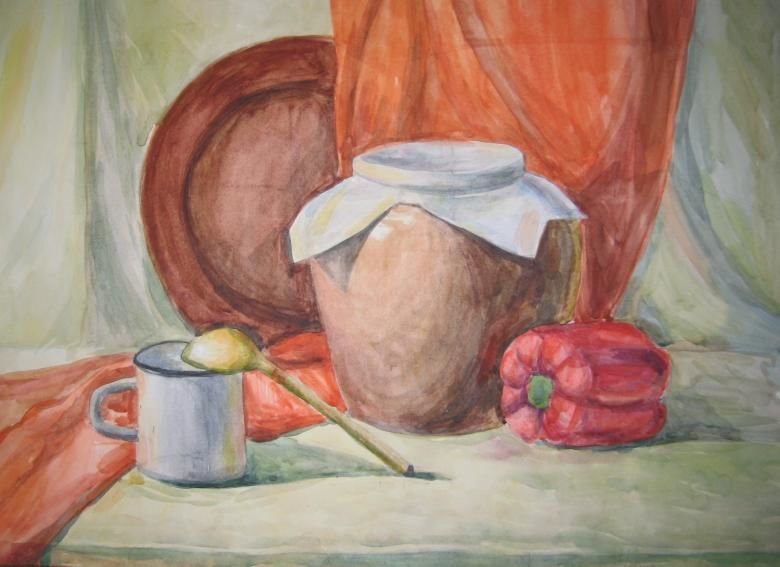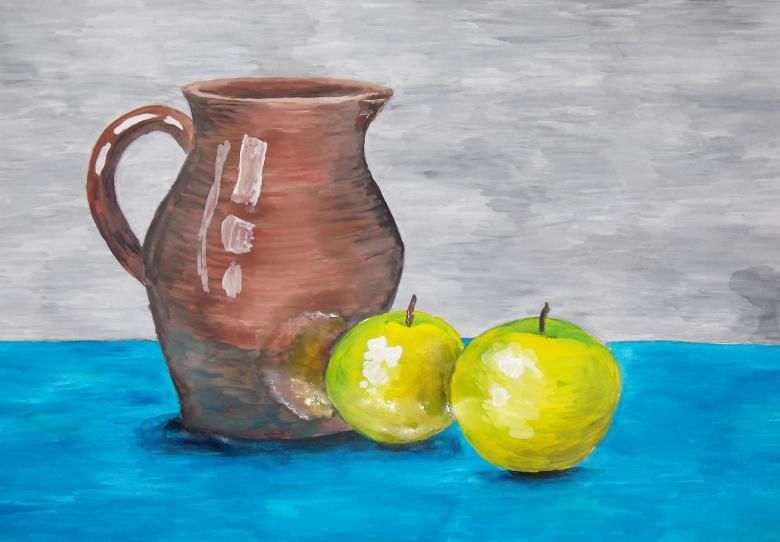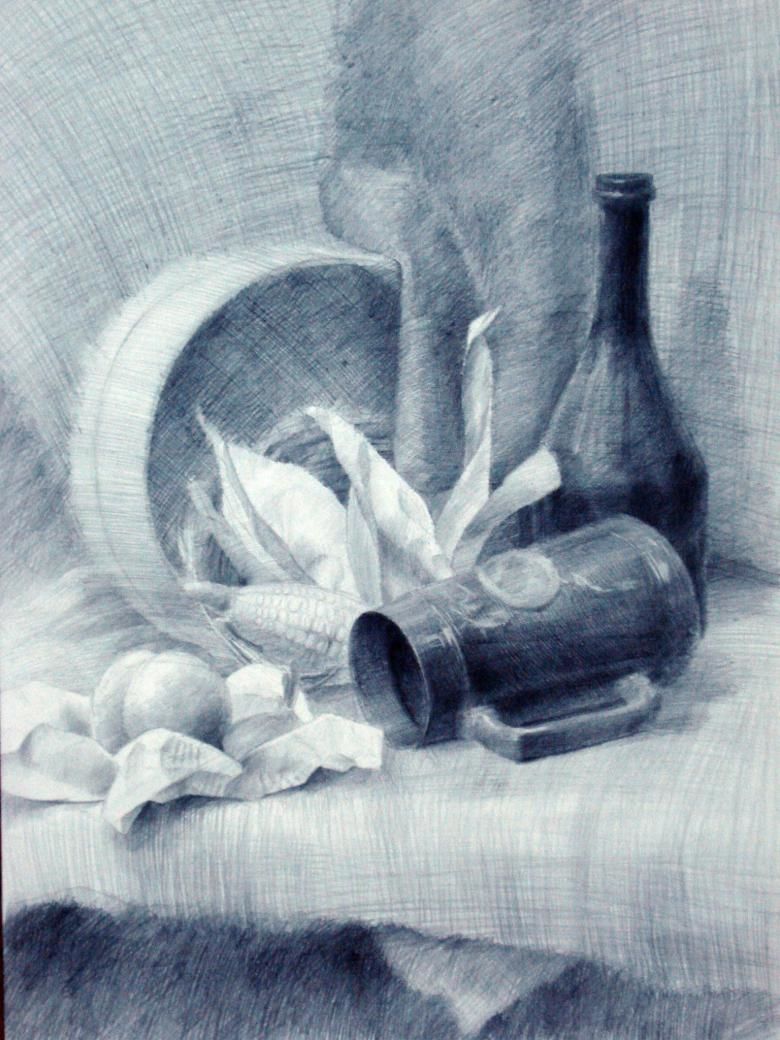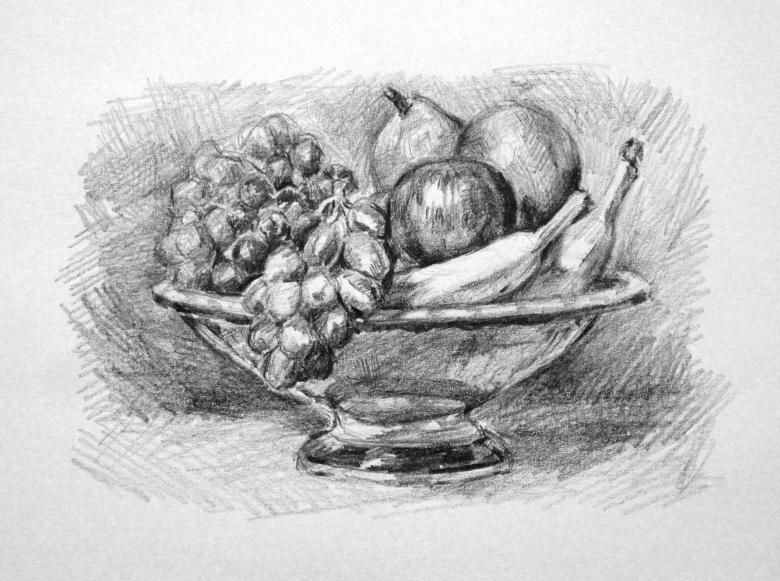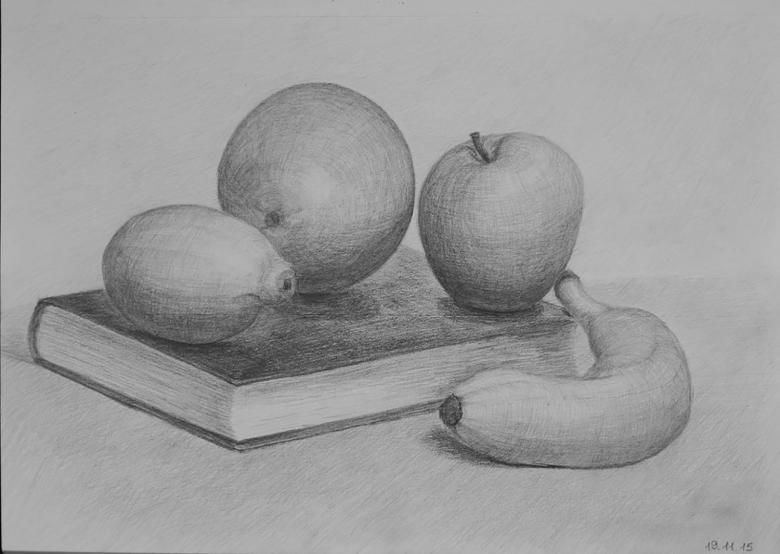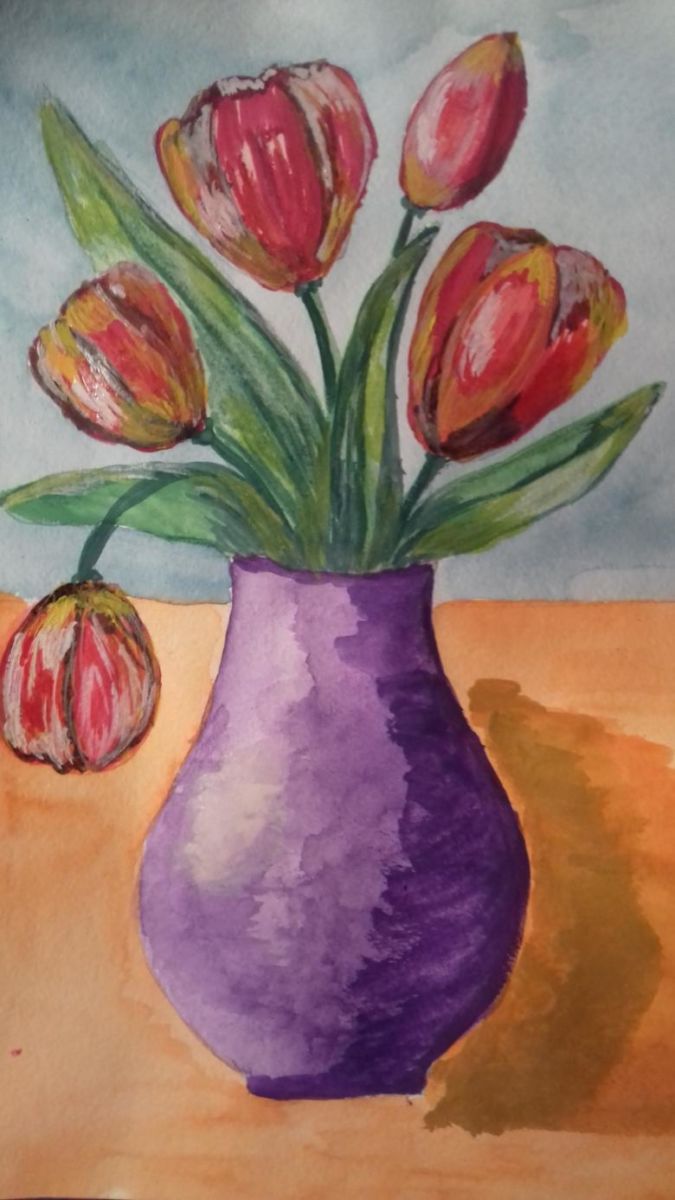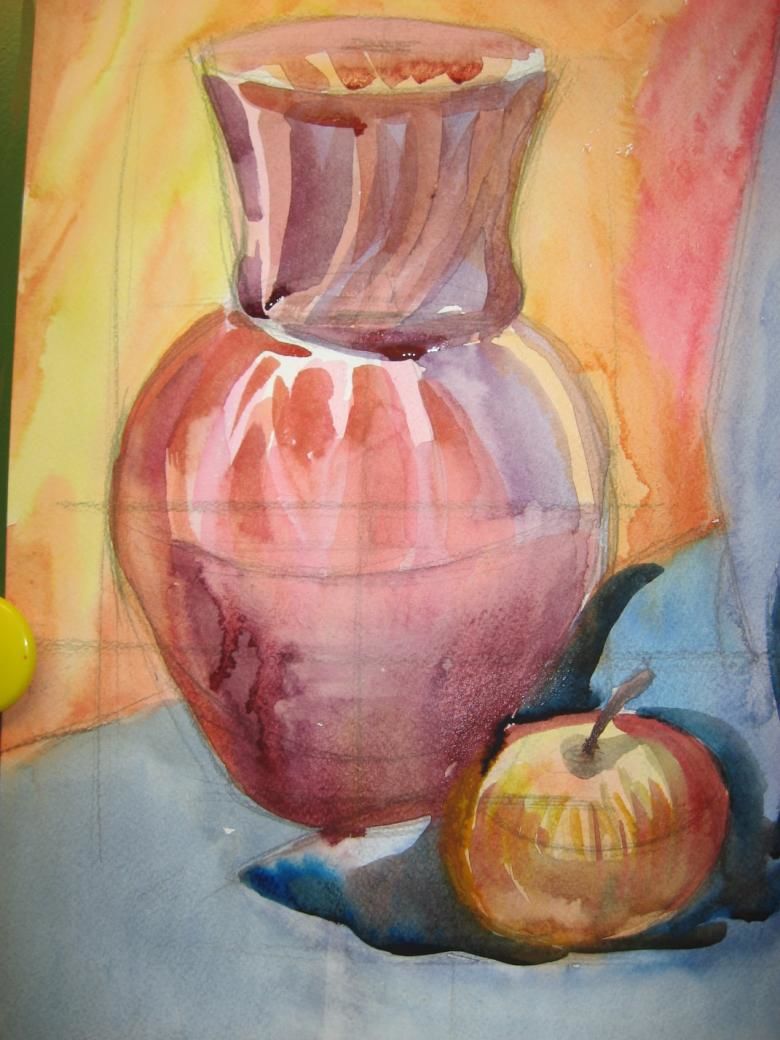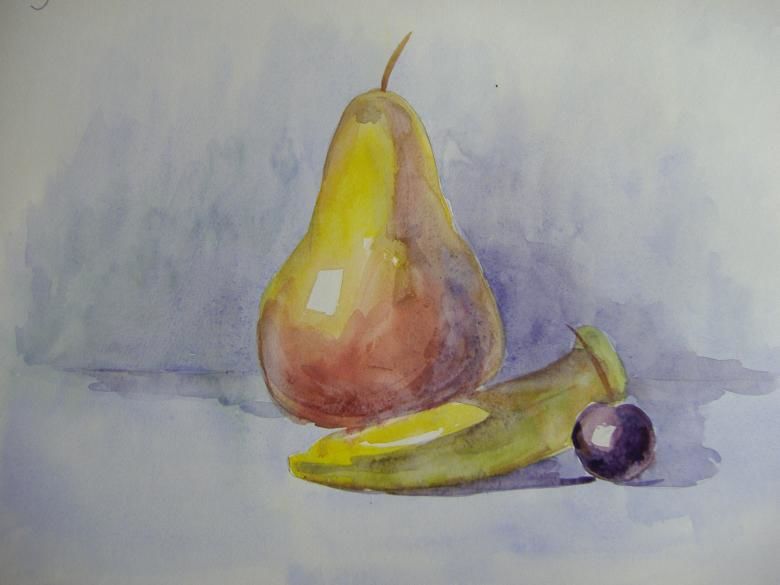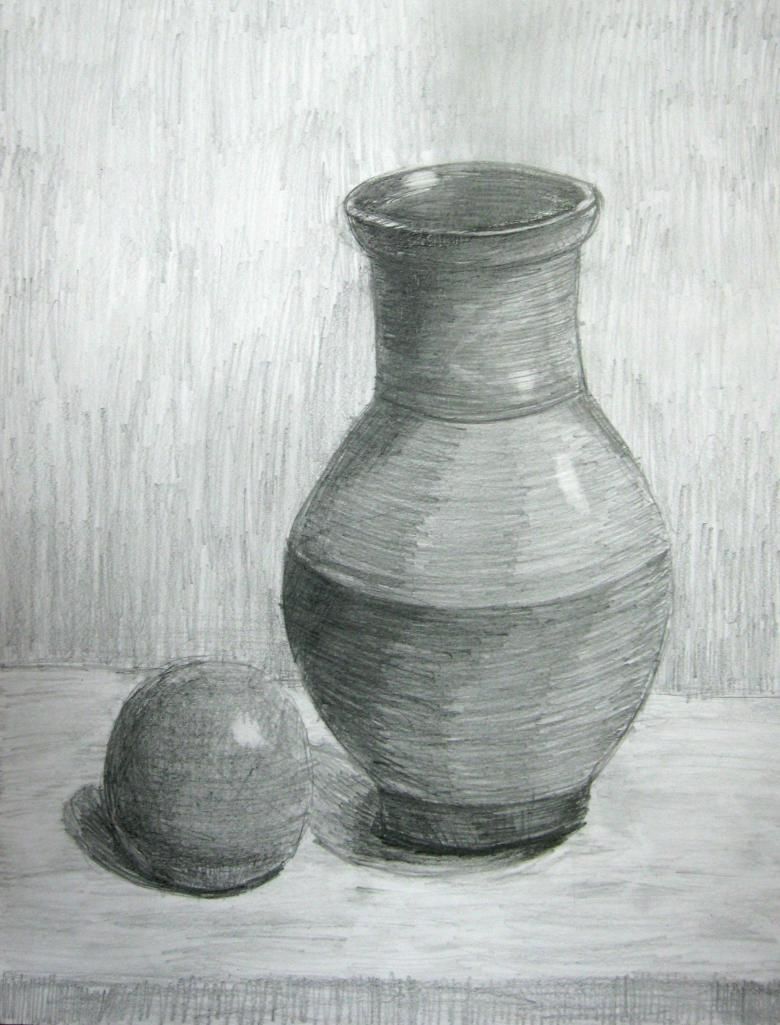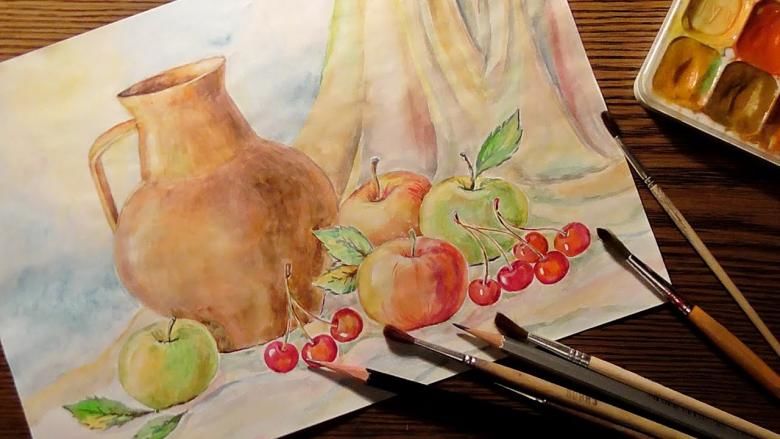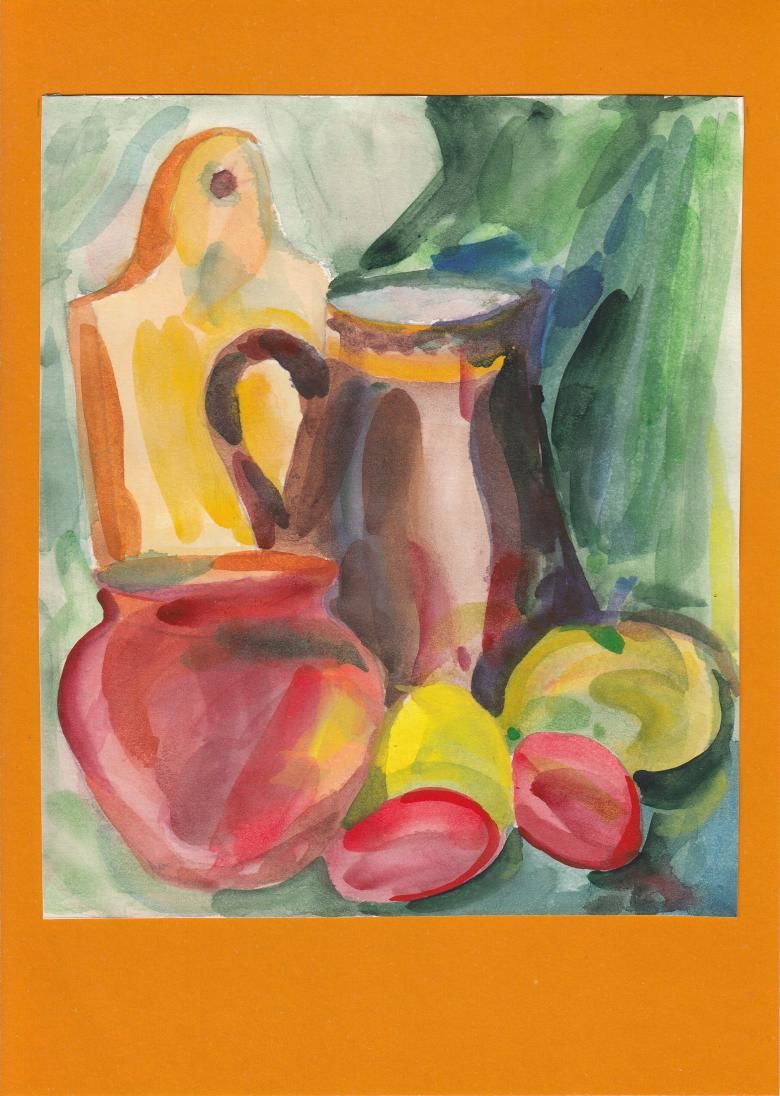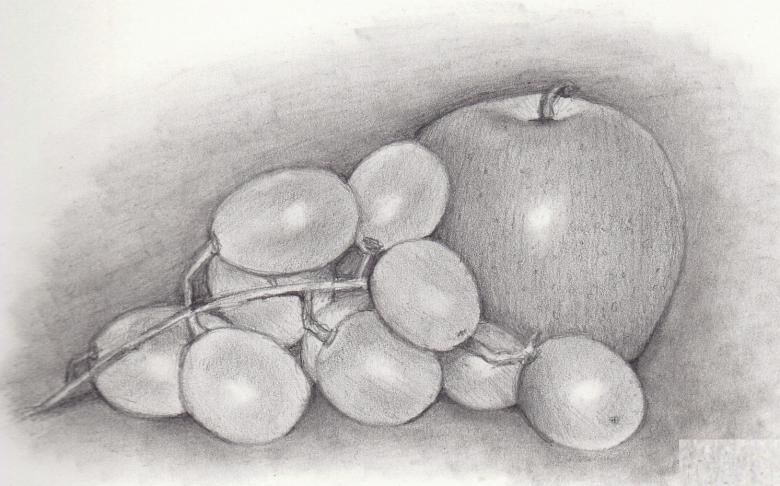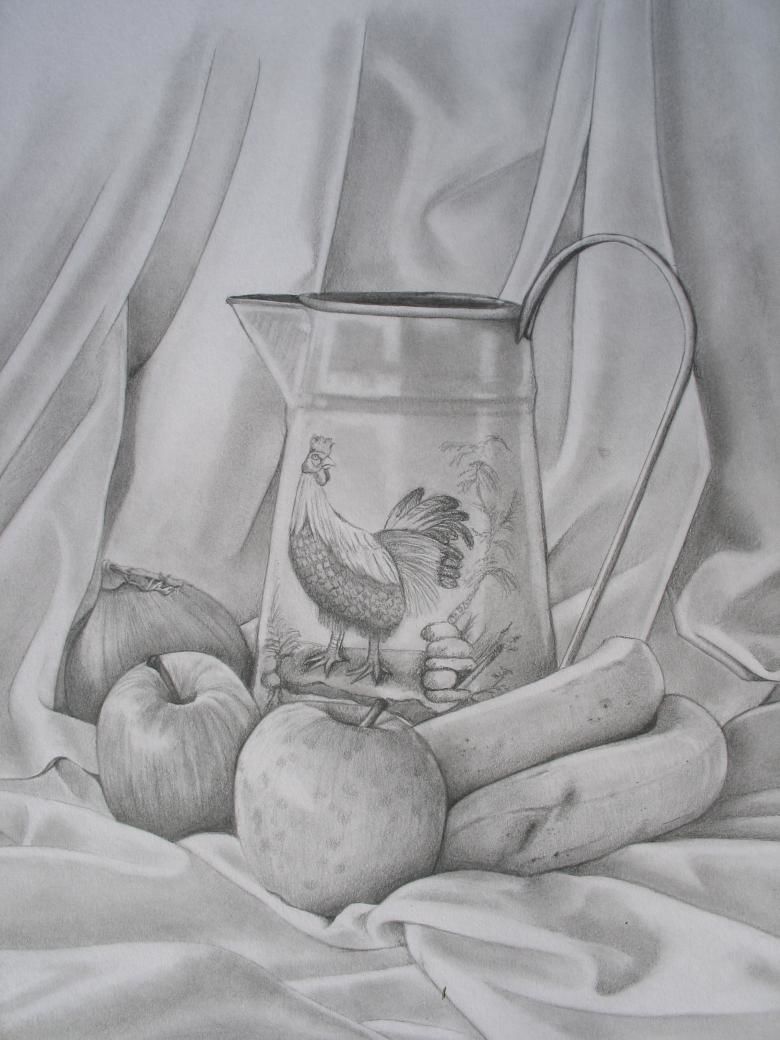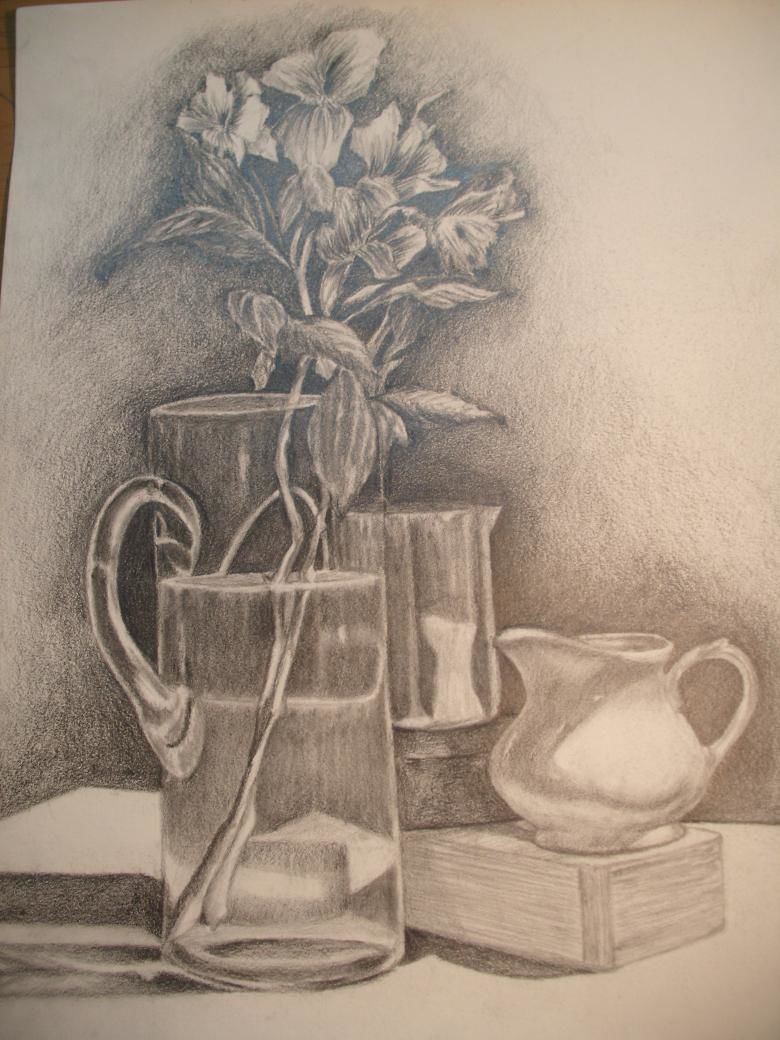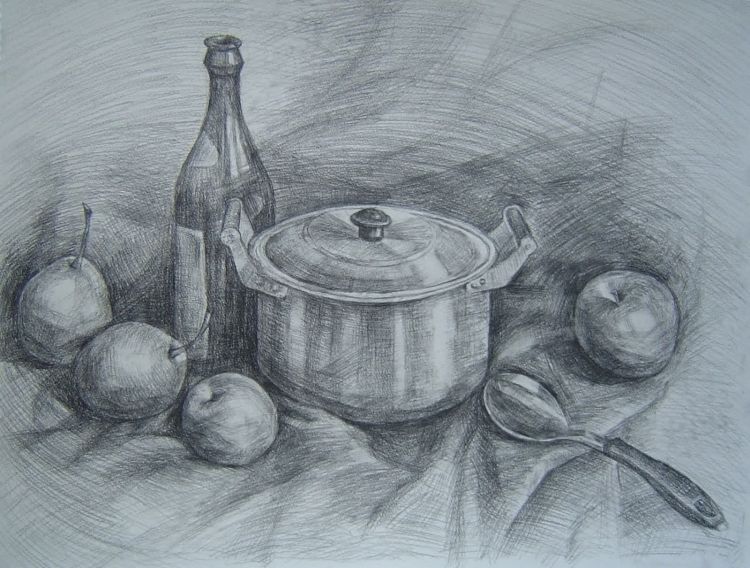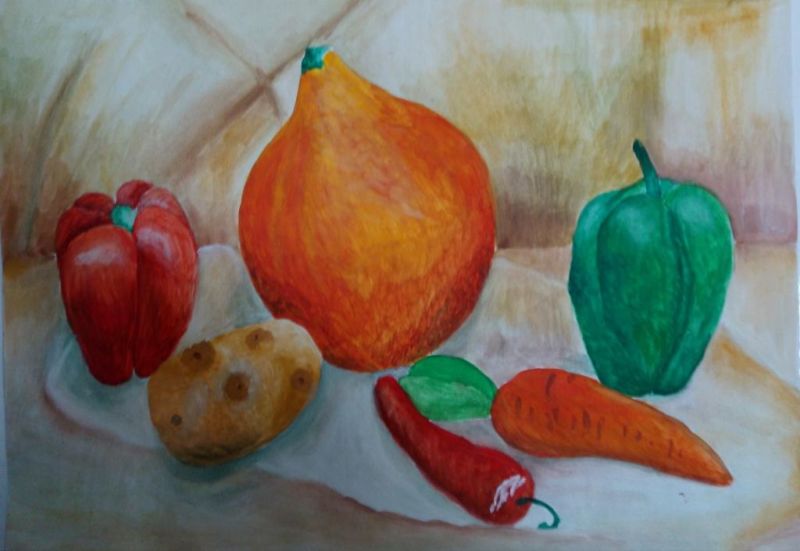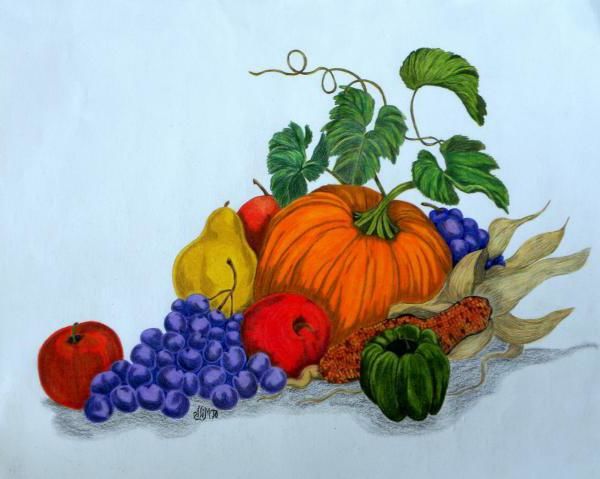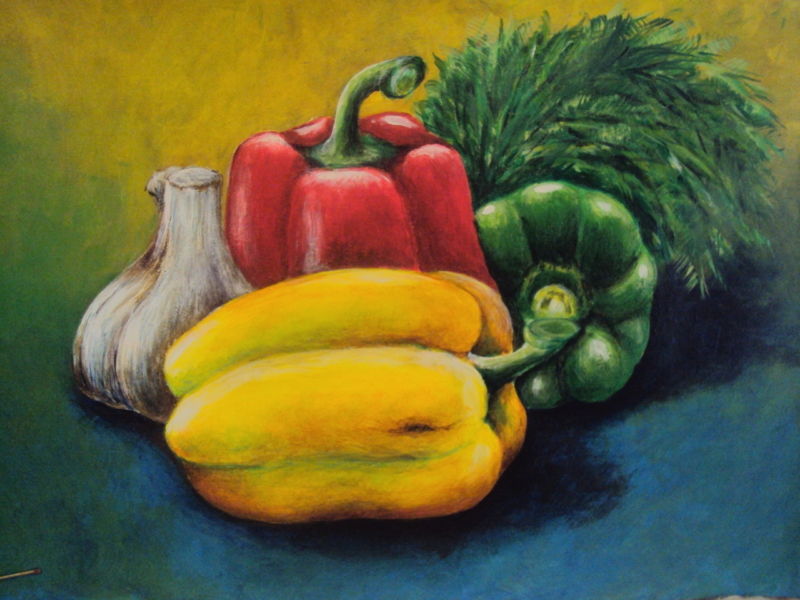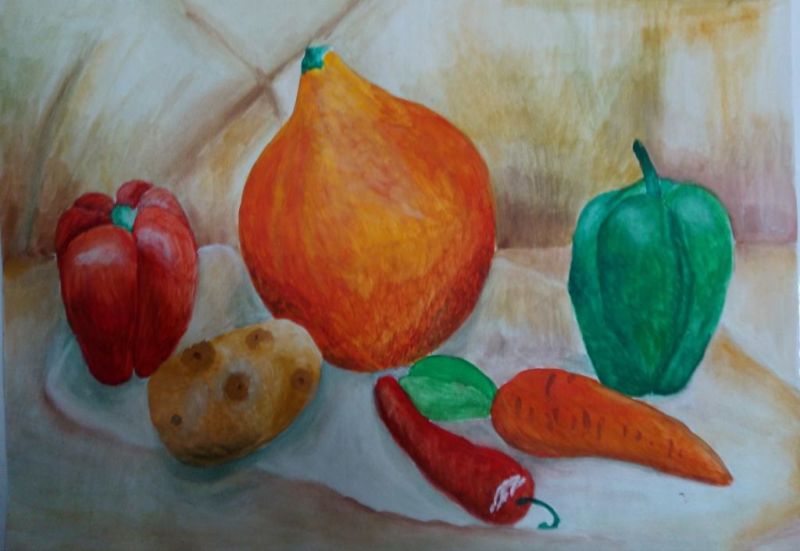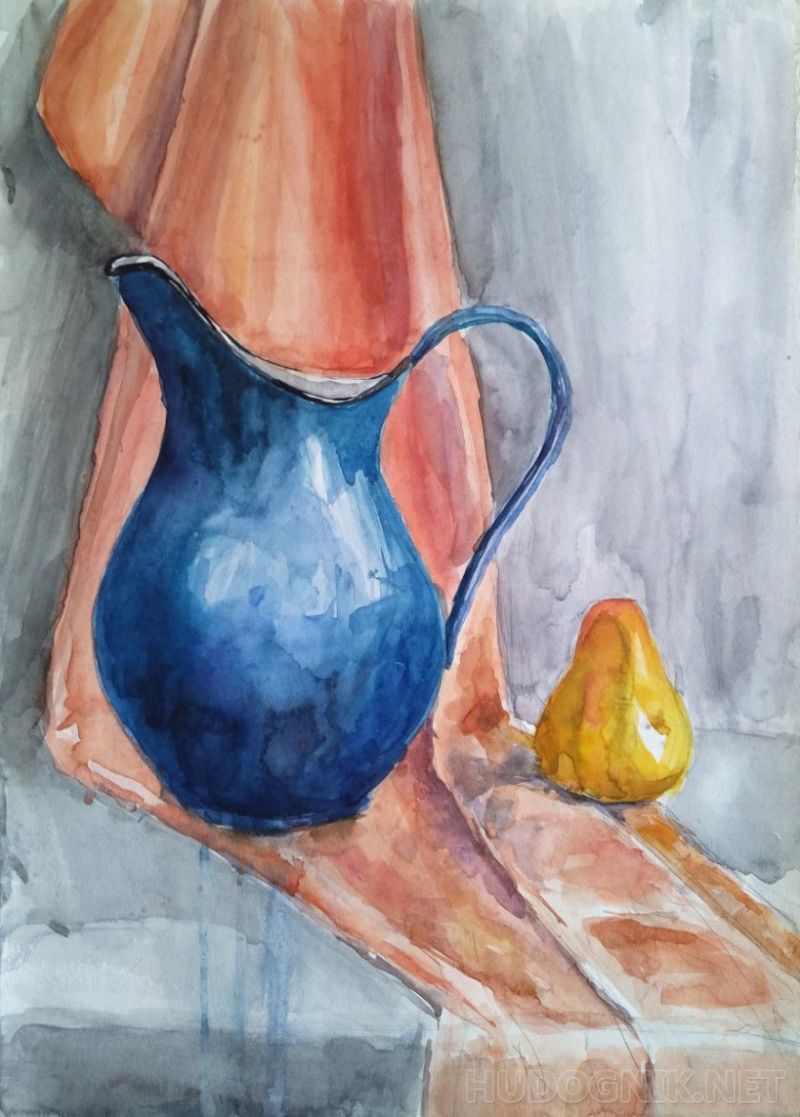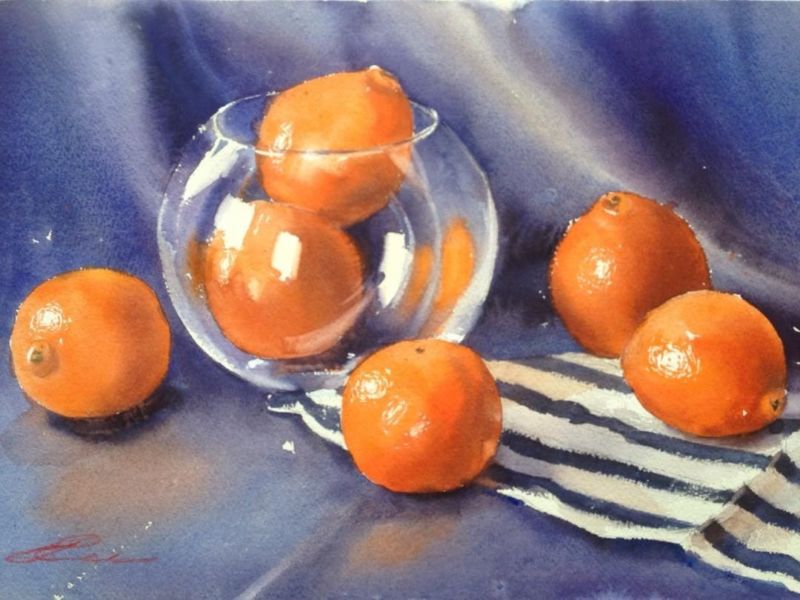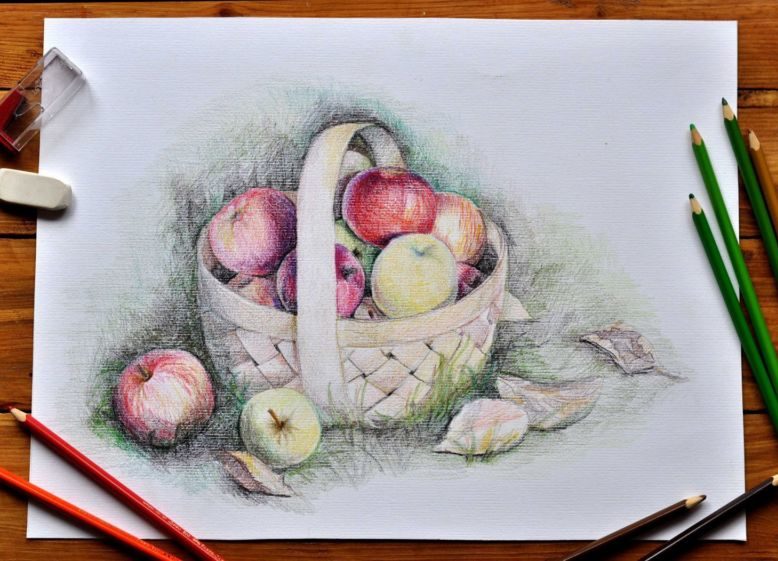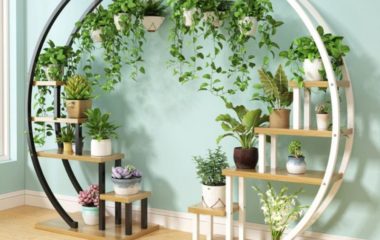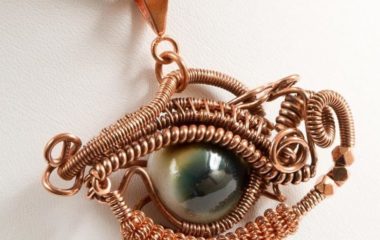How to Draw a Still Life for Beginners: Rules for Drawing a Still Life, Ideas for Compositions and Basic Subtleties
Mastering the basic skills of any direction of fine art begins with drawing still lifes. At first the instructional productions include the simplest geometric forms, and then the tasks become more and more complicated.
Still life for beginners is a universal type of academic drawing that simultaneously solves several important problems.
It includes training in composition, the ability to combine shapes and colors of different objects in one work, as well as mastering the techniques of constructing perspective and showing volume with the help of shadows.
All the skills acquired by novice artists in the process of working on still lifes help them improve and move on to drawing more complex objects.
Modeling for Drawing
In an educational institution at the lessons of drawing the teacher himself is engaged in setting up the training nature of the subjects selected by him.
When a novice artist has to work on a still life on his own, he starts with the correct arrangement of the parts of the composition. For this purpose, it is necessary to choose simple household items that are united by a common theme.
For example, tableware of simple geometric shapes, made of different materials, is useful to draw, as one can simultaneously train in creating a composition, color selection and depiction of different textures, such as metal, porcelain, glass and a piece of bread.
In simple still life paintings, it is popular for students to make compositions of stationery or sports supplies, fall leaves and vegetables, fruit and flowers in vases, and toys.
The basics of still life composition
When arranging items for sketching, three basic rules of still life composition must be followed:
- The type of format, which can be vertical, horizontal, or fit into a square.
- Symmetrical or intentionally off-center location of the composition.
- Geometric arrangement of selected objects within the chosen format.
When the composition is arranged horizontally, more objects on the plane can be used, and the background is filled with a beautiful drapery or a section of wall with an interesting texture.
In the vertical arrangement, the emphasis is on the central high object, which is often a vase with a picturesque bouquet of flowers. The square format emphasizes the balanced distribution of parts of the composition.
Among the correct distribution of objects in the schemes can be distinguished several main. With the square format can by itself be begging for a rounded scheme of arrangement of all parts in the picture of still life. The central object in this form may be absent or in the middle.
With the vertical format the most logical scheme could be a triangle, and the tall object, being the main one in the picture, becomes on top of this geometric shape. In the horizontal format, diagonals or rounded patterns are used to arrange objects.
Dynamics and Statics in a Tutorial Staging
When doing a tutorial work, you can practice solving such a problem as giving your composition a relationship of statics and dynamics. The impression of a stable picture is created by staging objects approximately equal in size and shape.
Movement can be shown by combinations of figures different in size and outline, arranged asymmetrically and at a distance from each other. It is important not to overload the drawing with a large number of details, of which 3-5 pieces of different sizes are usually sufficient to clearly express the idea.
It is a mistake to put all subjects in one line, as in a flat drawing. When building a perspective and deep drawing it's necessary to put elements of composition at such distance that they a little bit covered each other by volumes.
The importance of light when drawing objects
In an academic drawing or a still life painting class, the upper light is usually directed from the side in order to well define the volumes of all the details with clear shadows and reflections on neighboring objects. Especially contrasting gradients of light are obtained in the foreground of the still life.
The background in the drawing is indicated with more blurred and indistinct drawing. Additional side light creates expressive light and shade forms, and day light from the window gives soft outlines of things and smooth transitions between them.
Still Life Sketch in Pencil
Start your work on the drawing with a simple still life drawing in pencil on paper. This will require a selected composition of simple objects set on a table with or without drapery, a medium soft pencil and an eraser.
First you need to mark on a sheet of paper a diagonal line of the plane, which the table protrudes. It is constructed with two intersecting diagonals, the intersection of which can be shifted to one of the lower corners of the picture.
Then the objects that make up the still life are placed on the obtained plane. To do this, it is necessary to find their exact places in the drawing of the table surface and to trace their volumes with light lines.
This process is the most time-consuming, as it is necessary not only to correctly draw all elements of the composition, but also to observe their real forms and proportions in relation to each other.
It is very important at the beginning of work to position the center and secondary details correctly so that they don't look too small, enlarged or unreasonably displaced to one of the corners of the sheet of paper.
Working on a Pictorial Still Life
Color paintings and sketch studies can be done in several techniques, from pencils and pastels to watercolors or oil paints. Some artists prefer tempera, gouache, or acrylic tints.
Painting a still life can be started when a quality drawing in pencil is made and both separate elements and the whole composition are correctly constructed.
It is recommended to begin work on a still life painting by choosing the purest and brightest colors so that they could set the tone for the whole picture. In order to achieve the most realistic image of objects one should create a rich color palette, starting from the lightest areas.
Then you can gradually impose penumbra shadows, gently transitioning to the darkest areas. Different range of light and shades can be obtained in final distribution of reflections on the most lightened fragments of still life.
When choosing the main coloristic scheme it is important to combine colors correctly in terms of their warmth or coolness as well as not to overdo the quantity when mixing them. More than three basic tones in one painting can be perceived as disorganized and too variegated, far from harmony.
The rules of color in painting
To learn how to paint a light still life, you can stick to the classic rule that limits the number of colors used in one picture to 2-3.
This does not mean that you have to paint such a colorful world with only two colors, but the total range of their many shades should create a rich in coloristic work.
Several additional colors are added to the limited number of basic paints, just to obtain successful color combinations and to render the volume of details.
For example, in a still life with autumnal fruits one can use yellow and blue as primary colors and get orange areas on apples and pears, purple and dark blue on plums and in the background with the help of additional colors.
Shadows on yellow-orange background can be shown with blue or violet tones, and the perspective can be enlivened with a few yellow strokes.
A spring still life can turn out very natural and tender with only green and white as the main colors, and several shades of them will diversify the impression of the picture, especially if warm pinkish strokes are added to them.
Unusual combinations of warm, deep brown tones with blue and white contrasting highlights look interesting on a cold bluish background, for example, dark earthenware on a light tablecloth.
The most difficult thing is to correctly distribute the hues in multicolor paintings such as still lifes with flowers or fruit.
Here it is difficult to do with a limited number of colors, which means that you can not give all the colors an equal opportunity and choose from them 2-3 dominant, leaving others the role of auxiliary.

